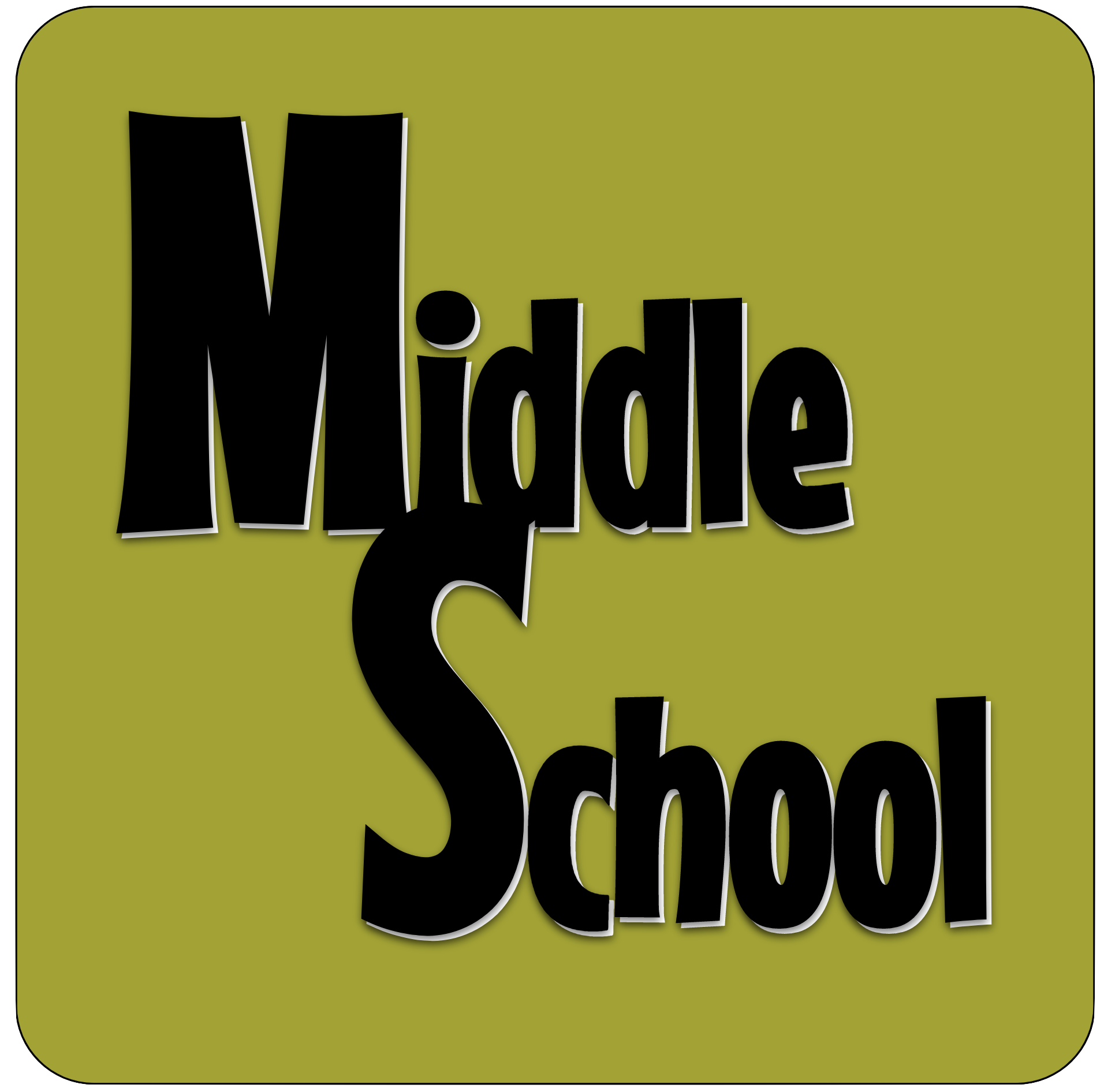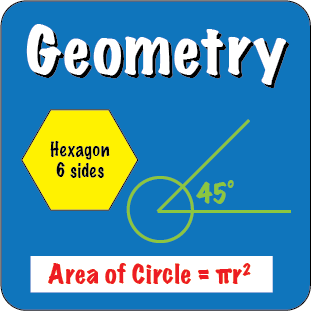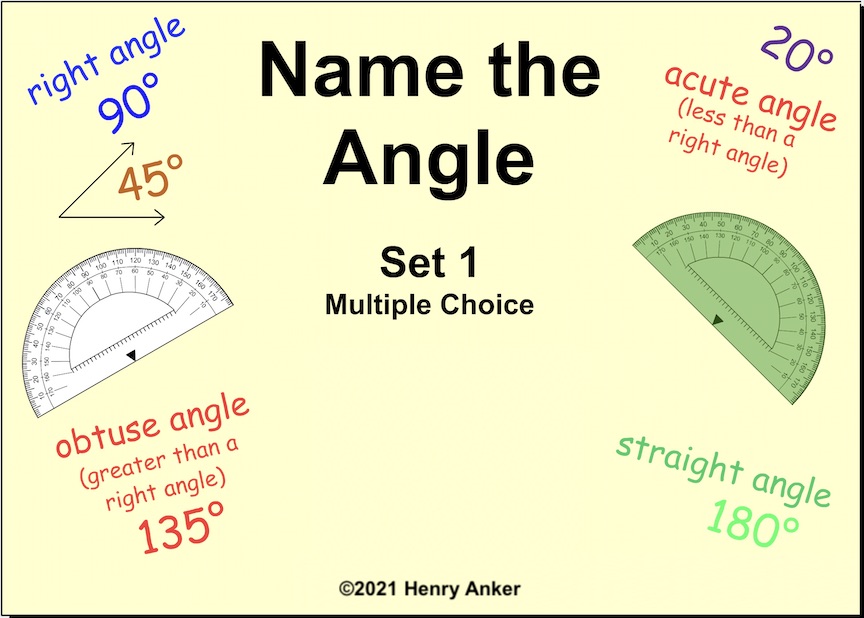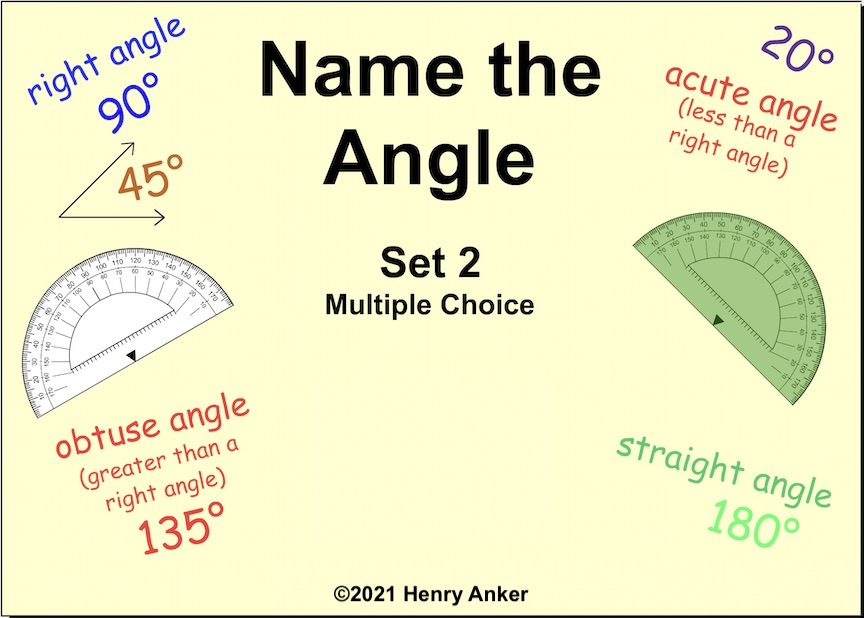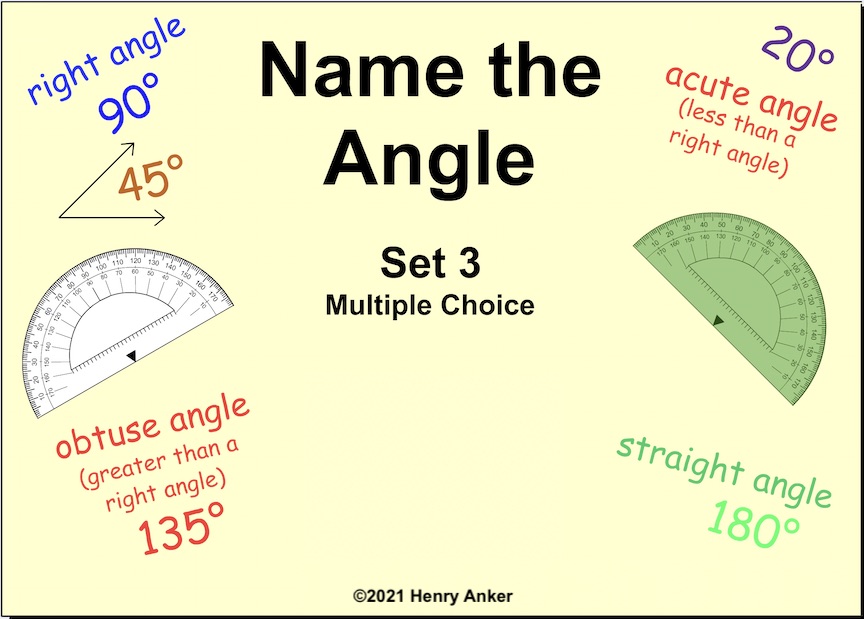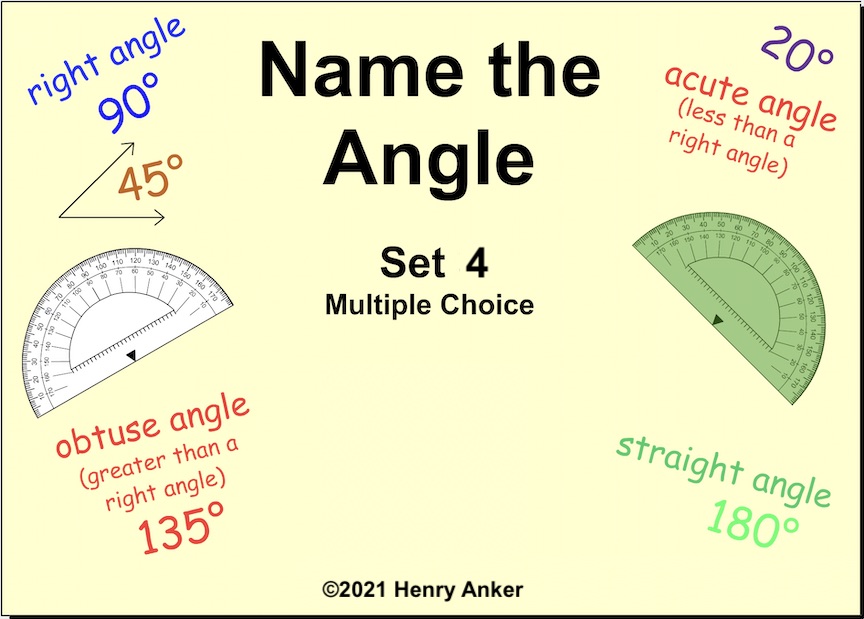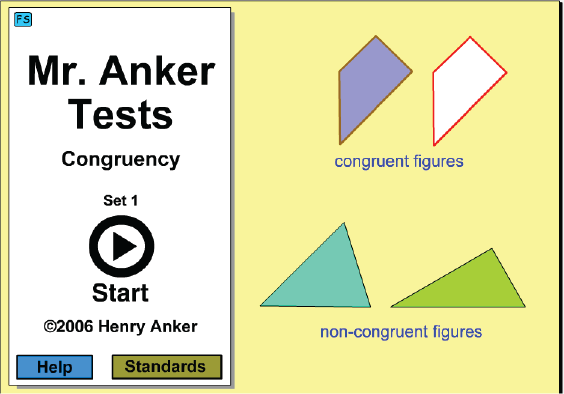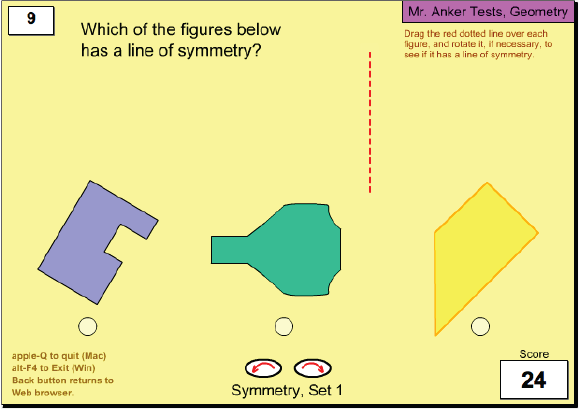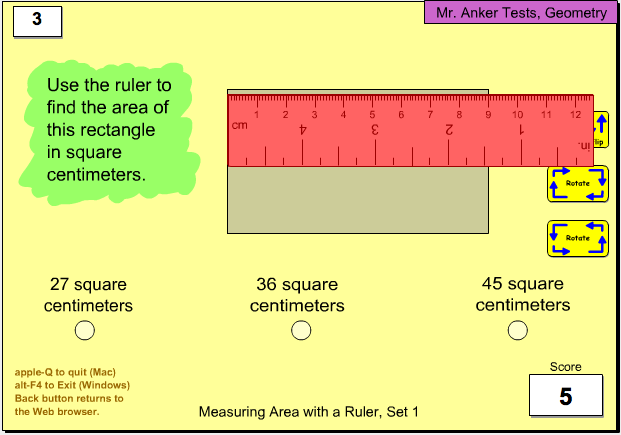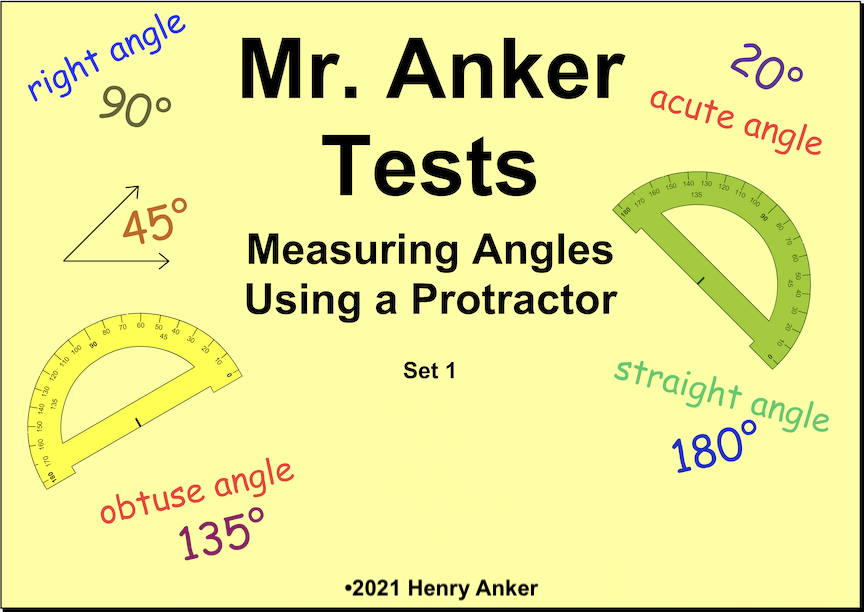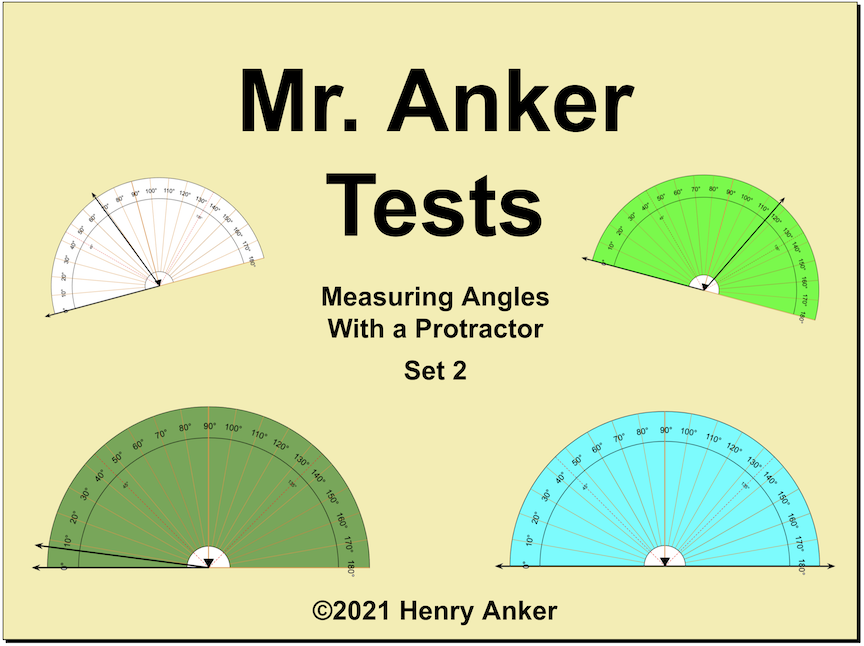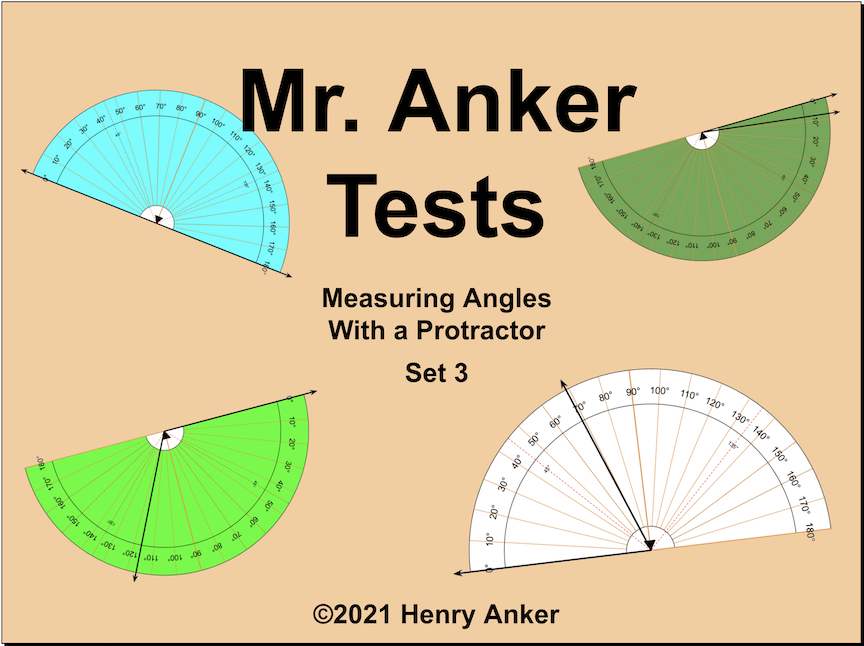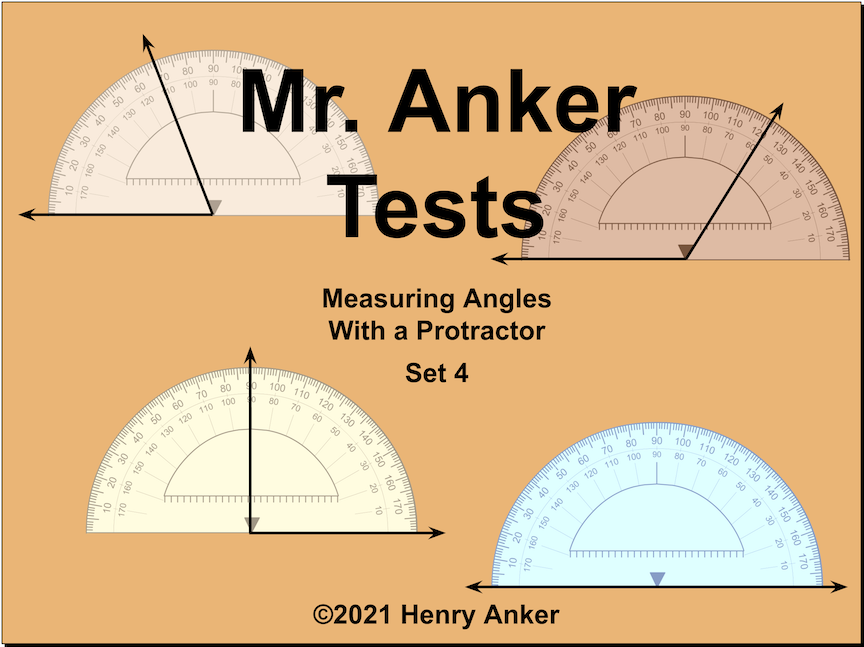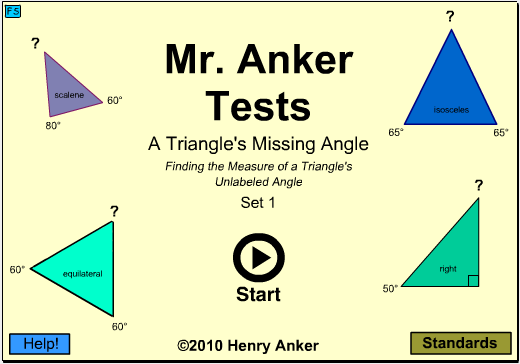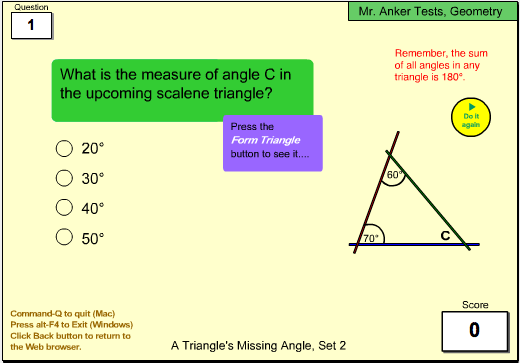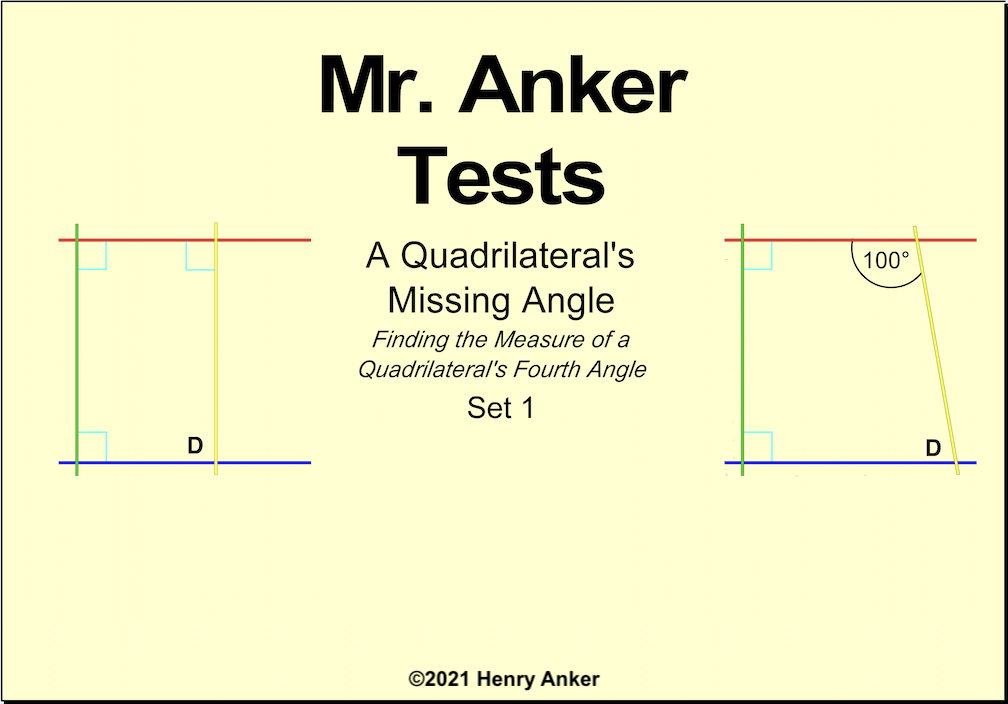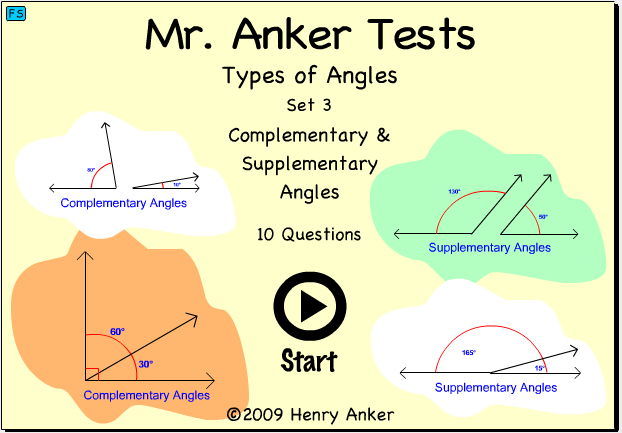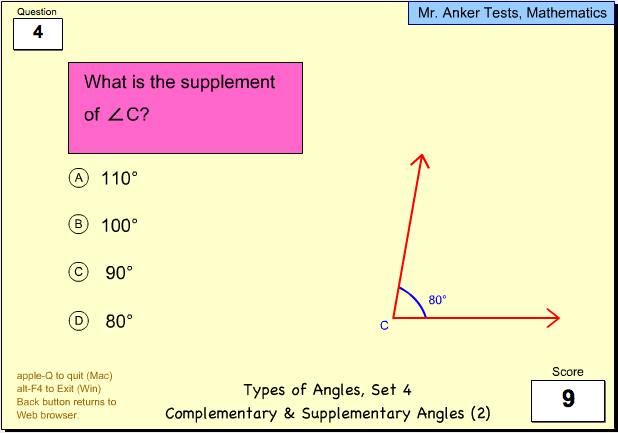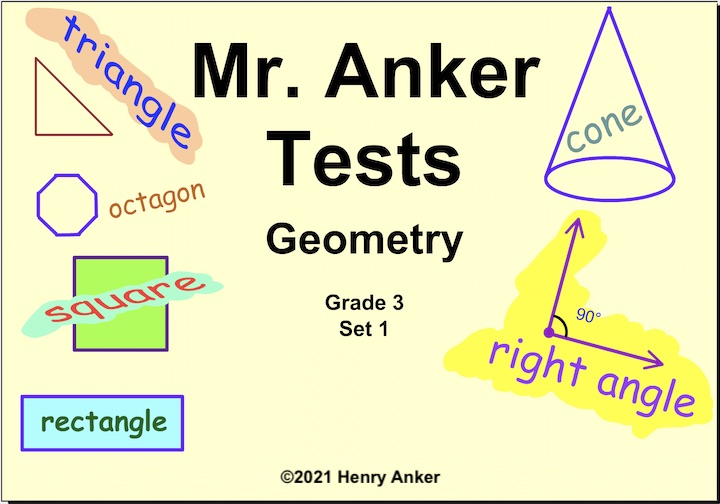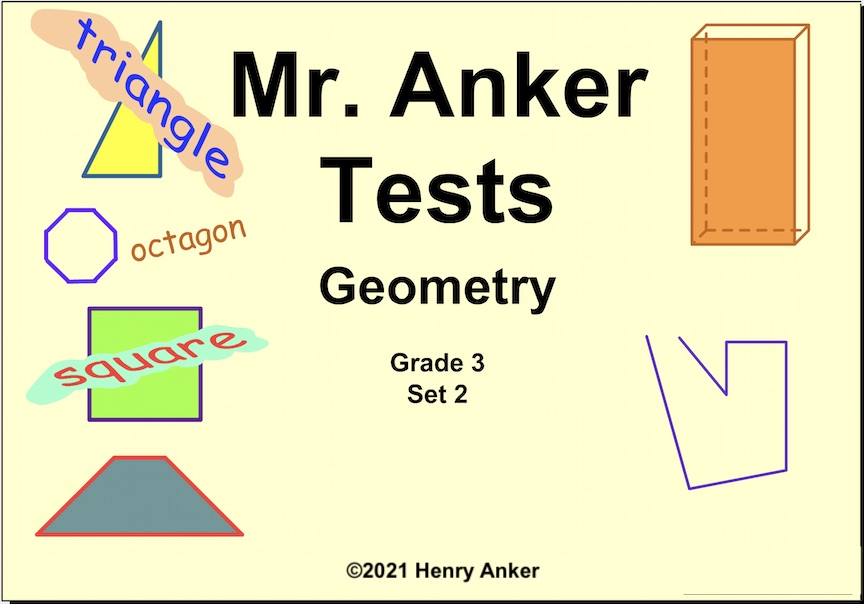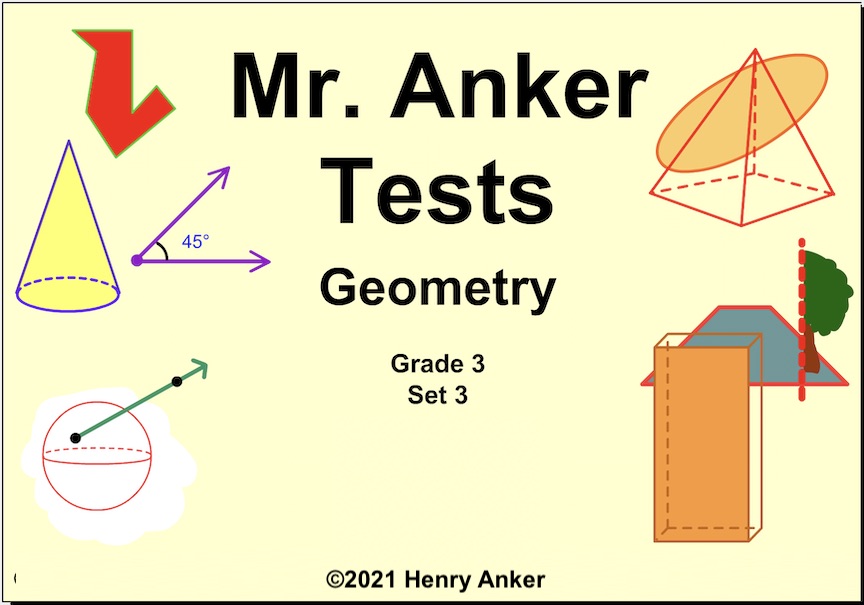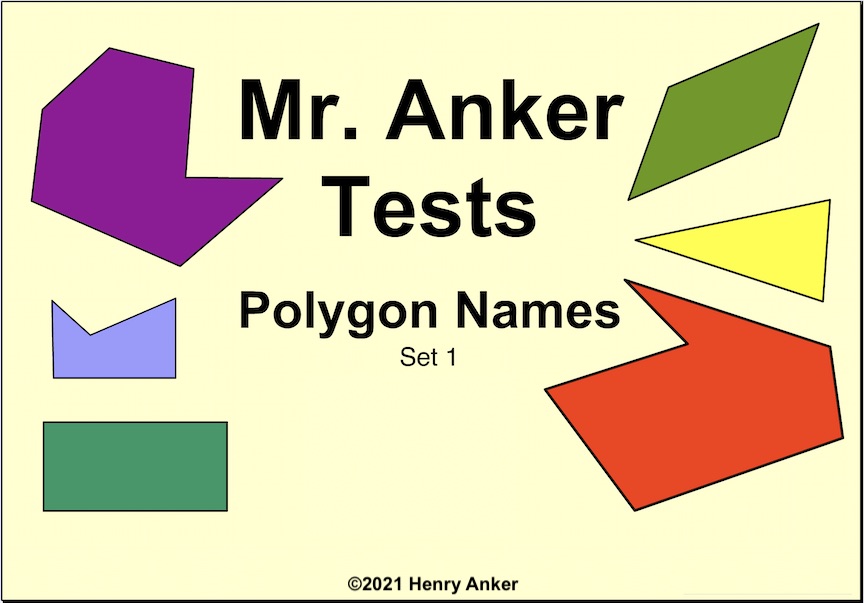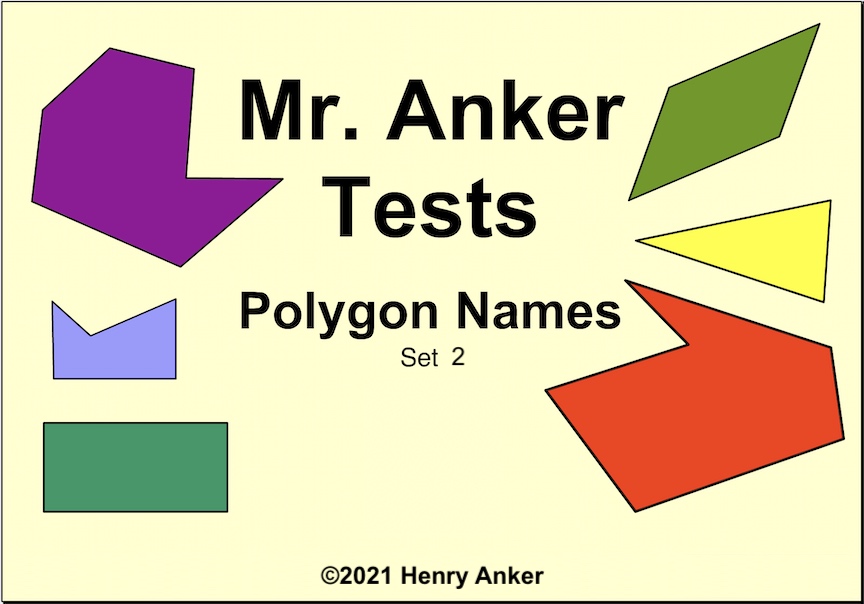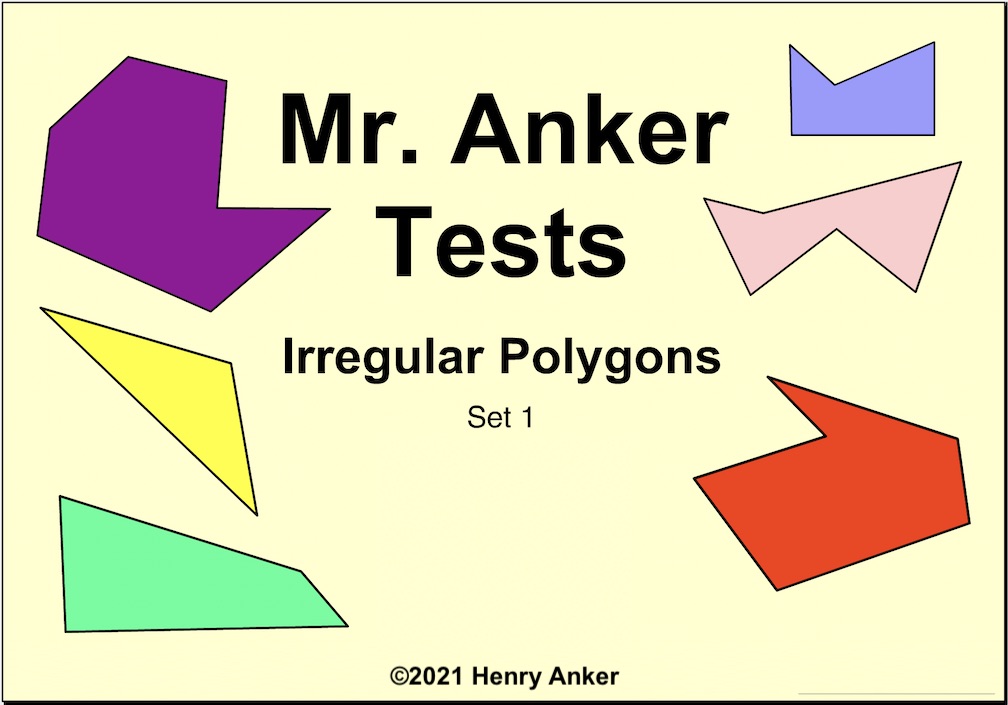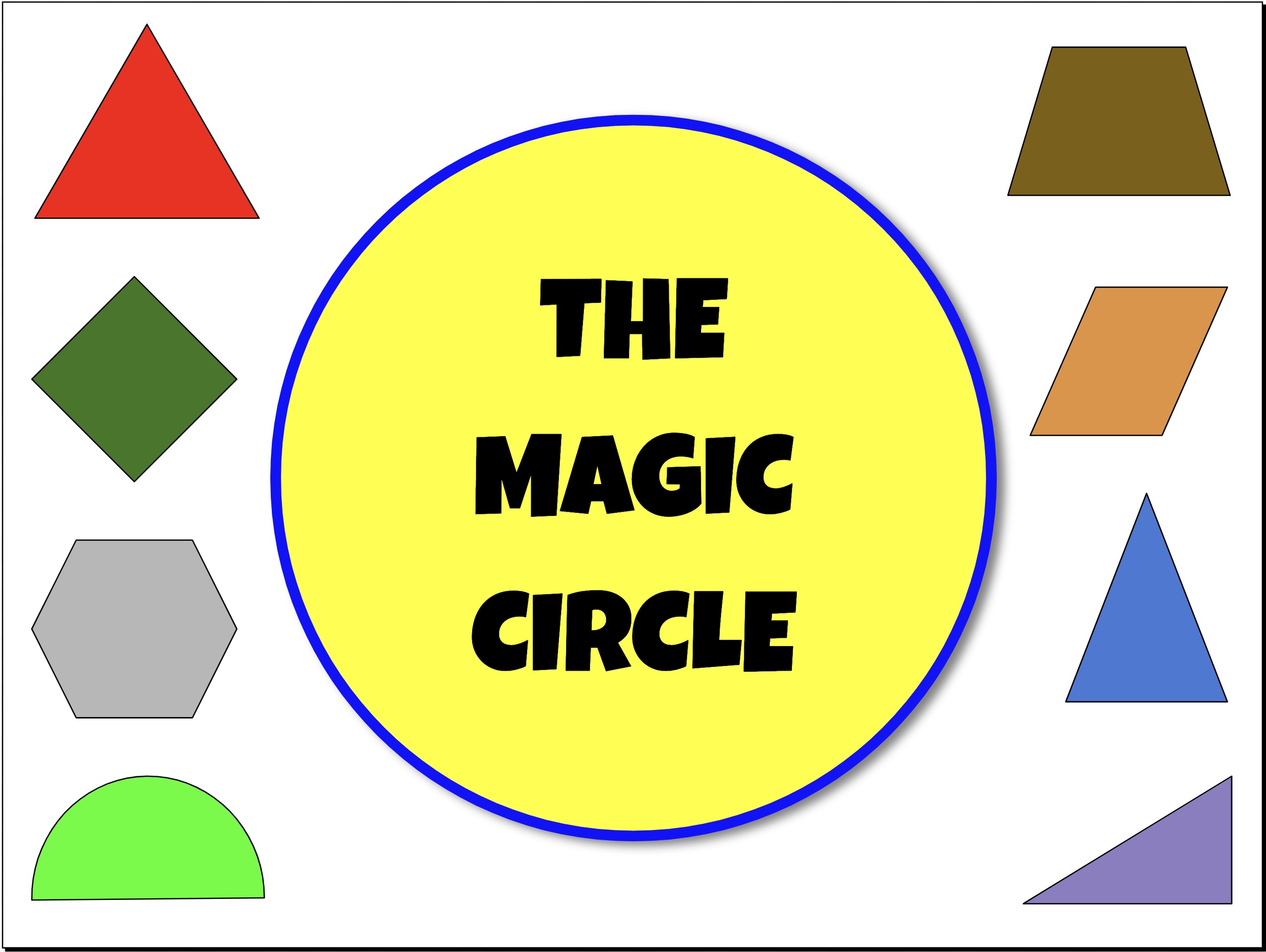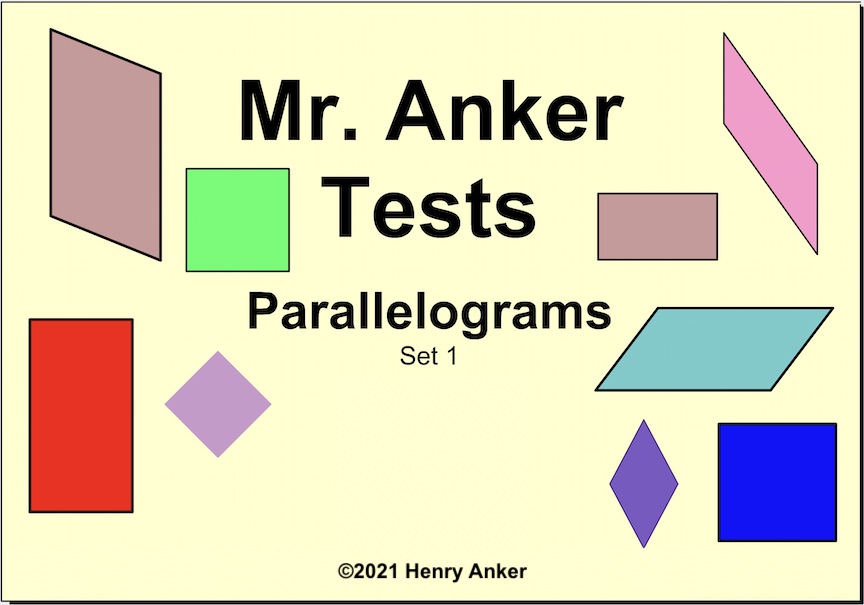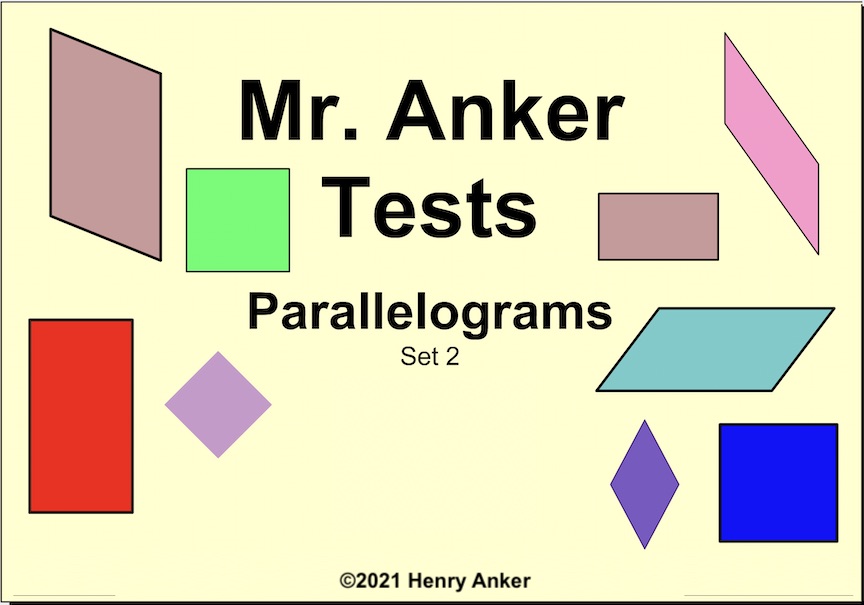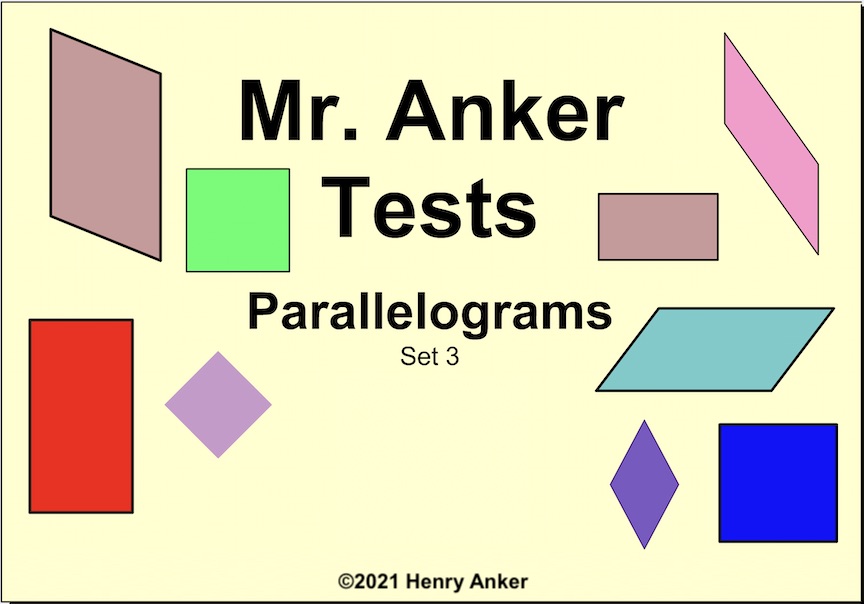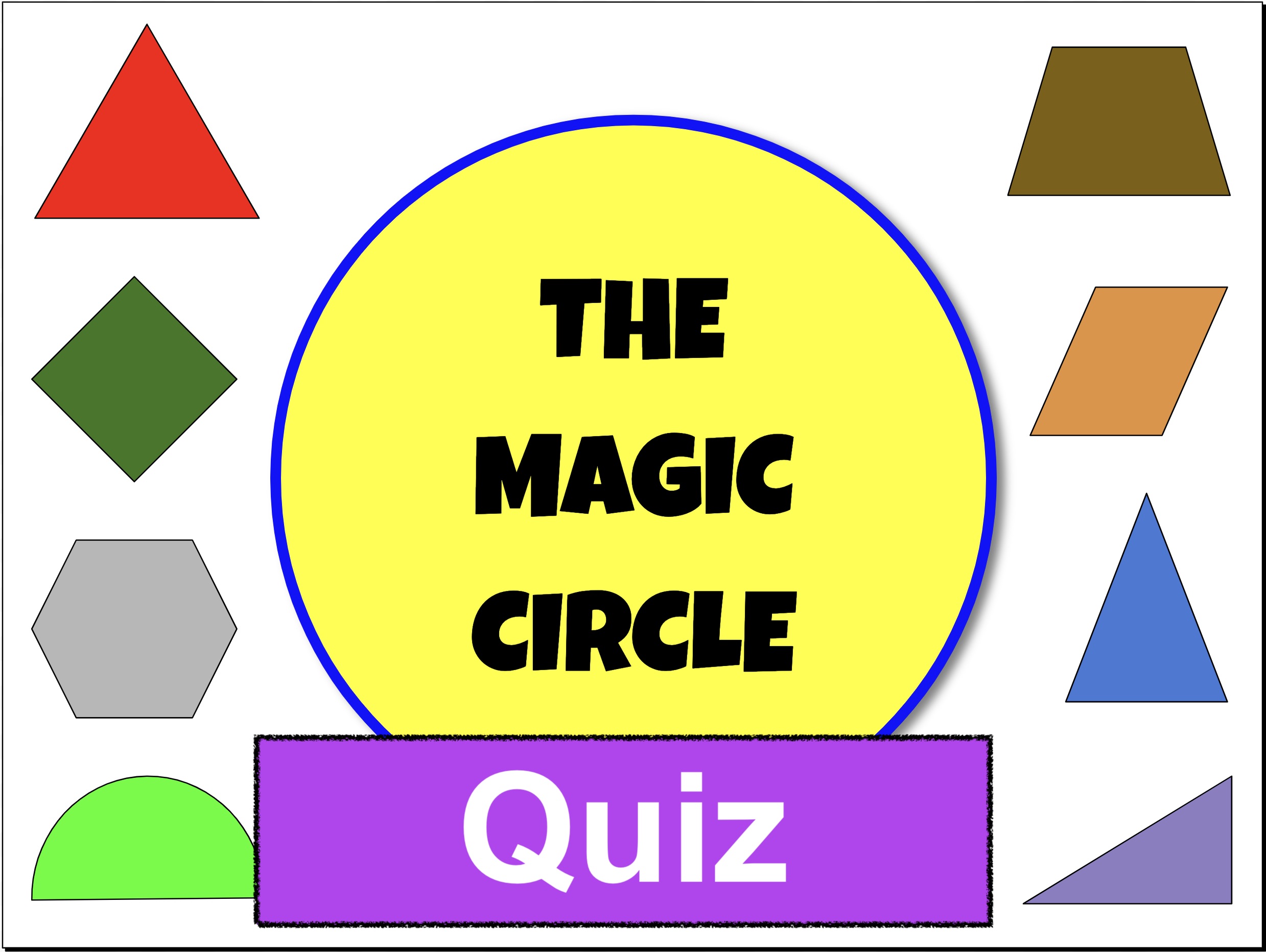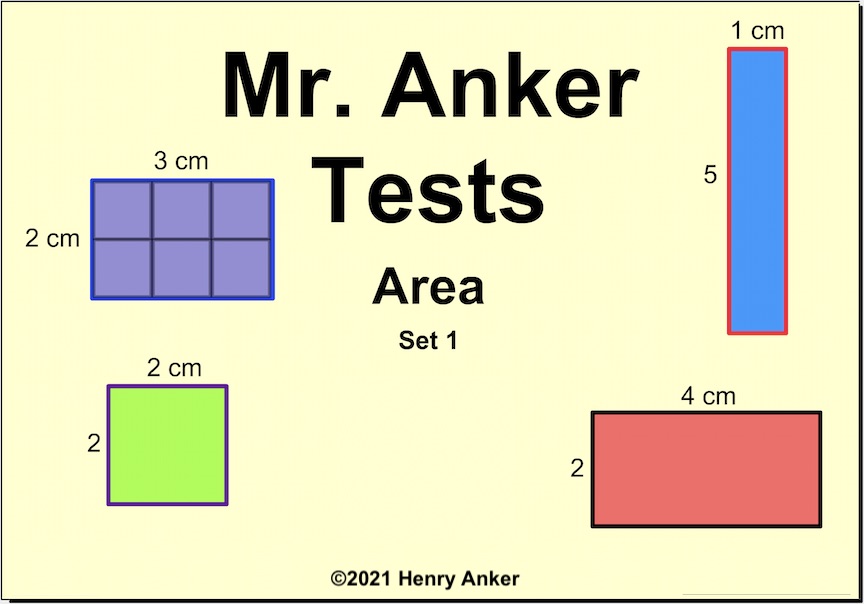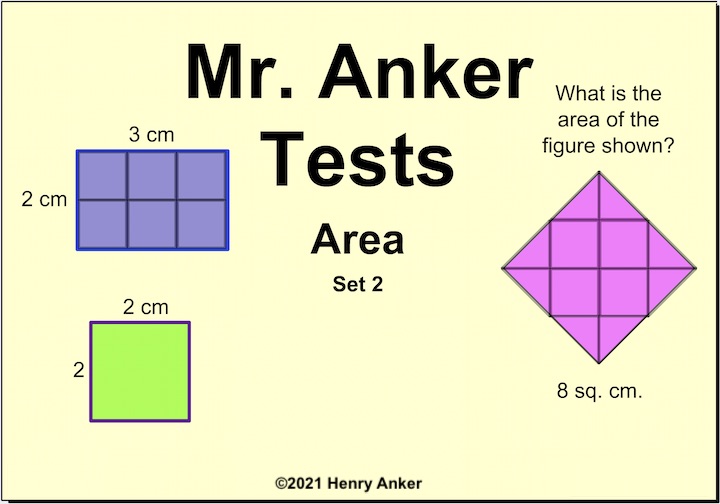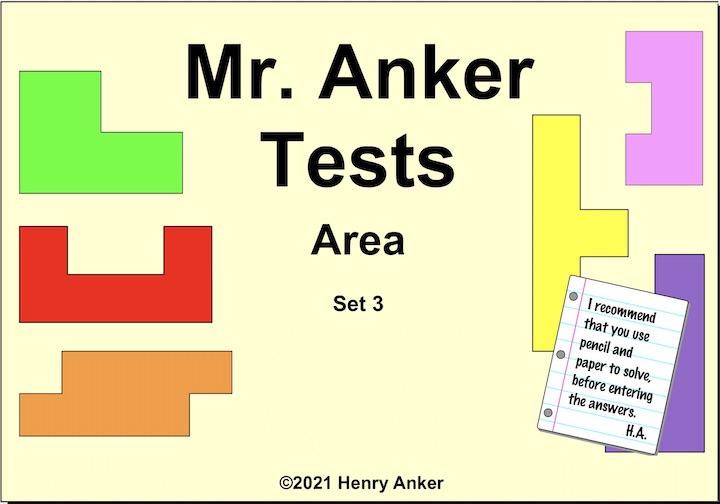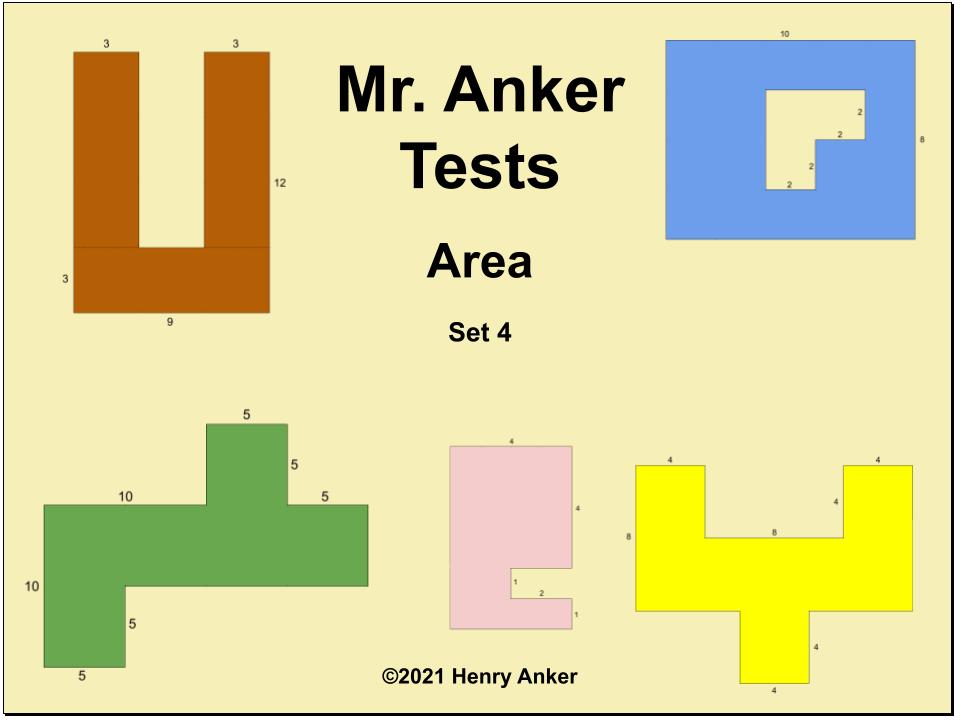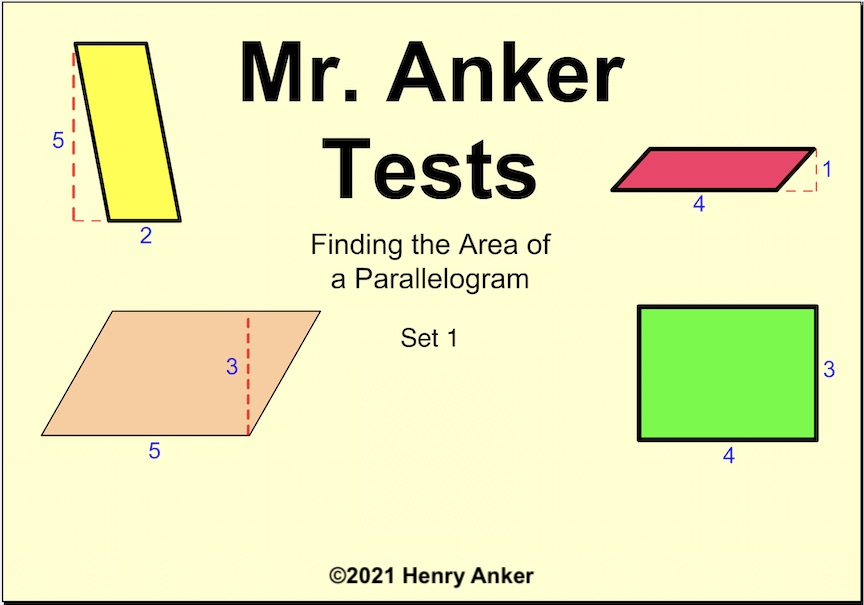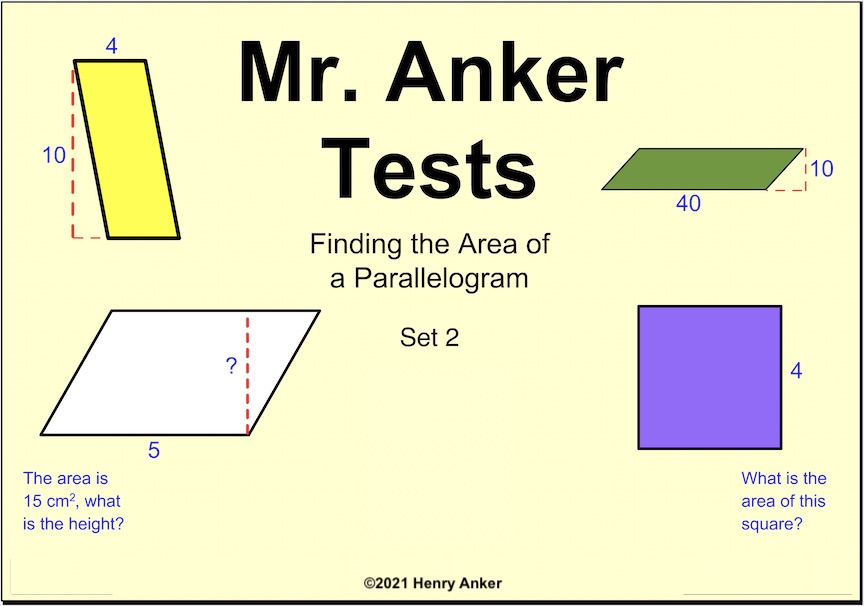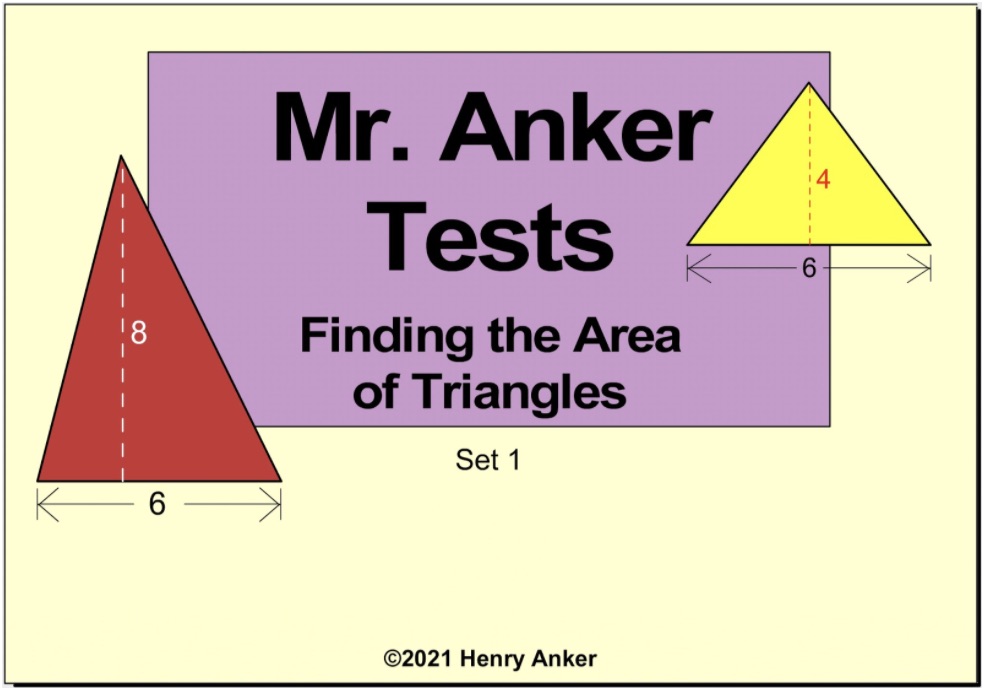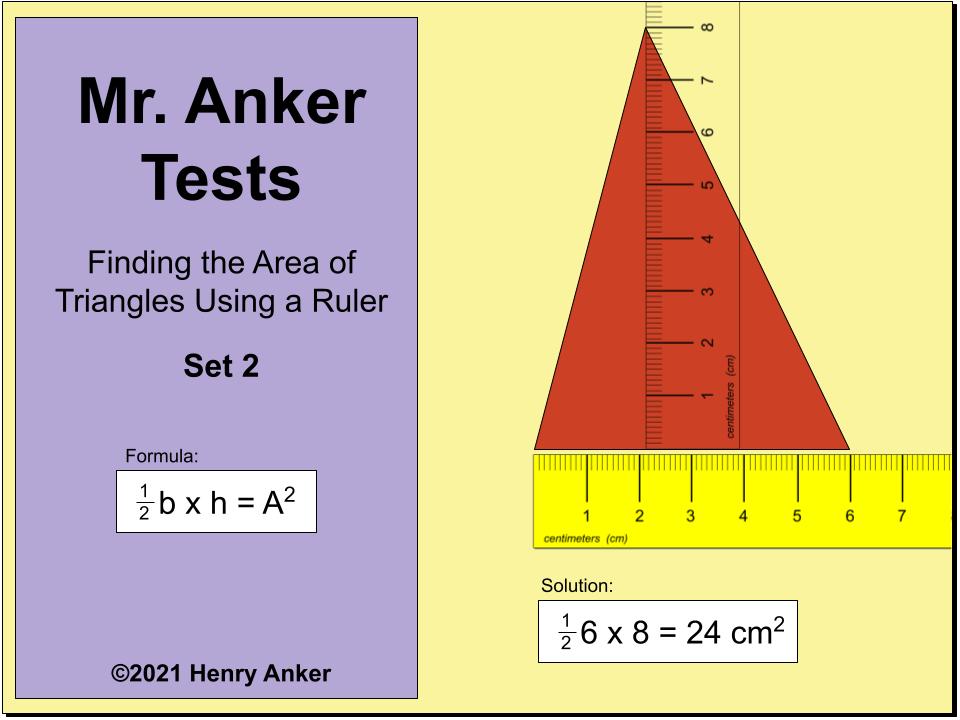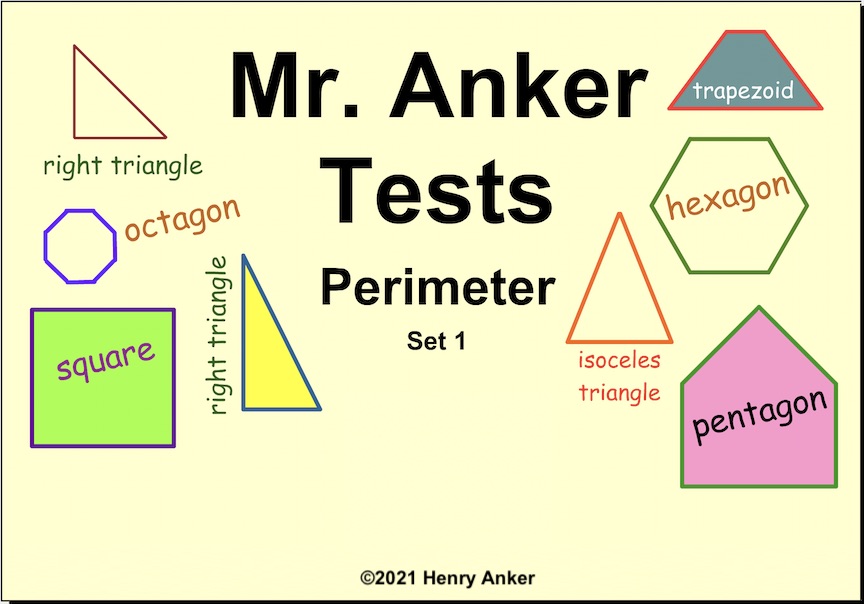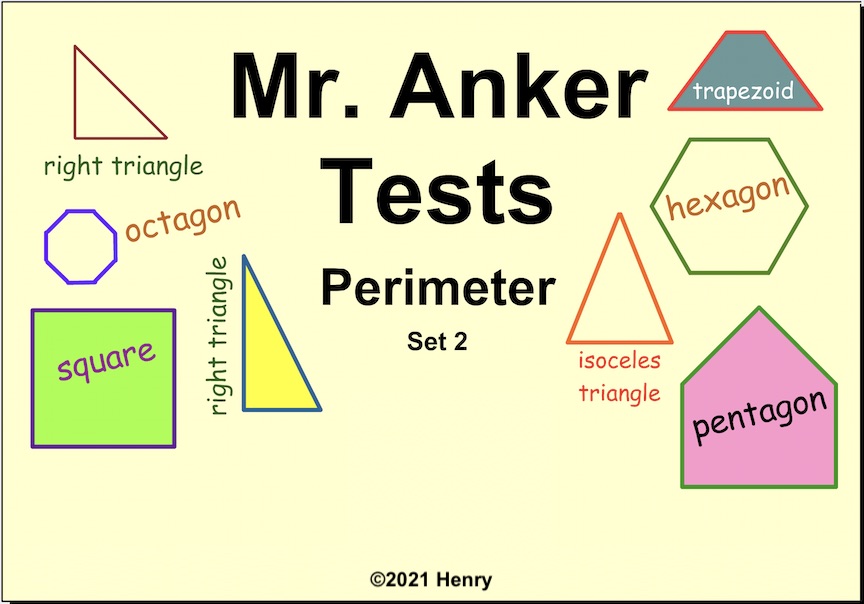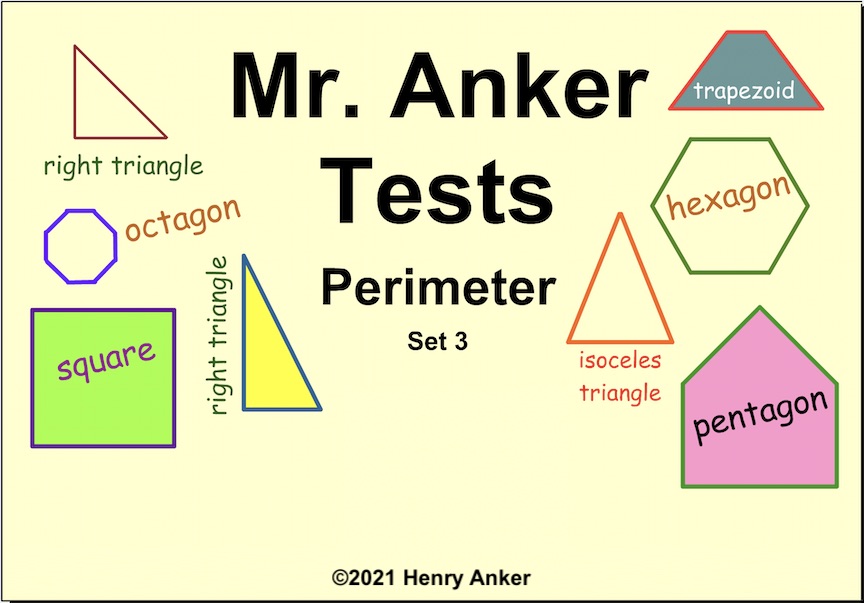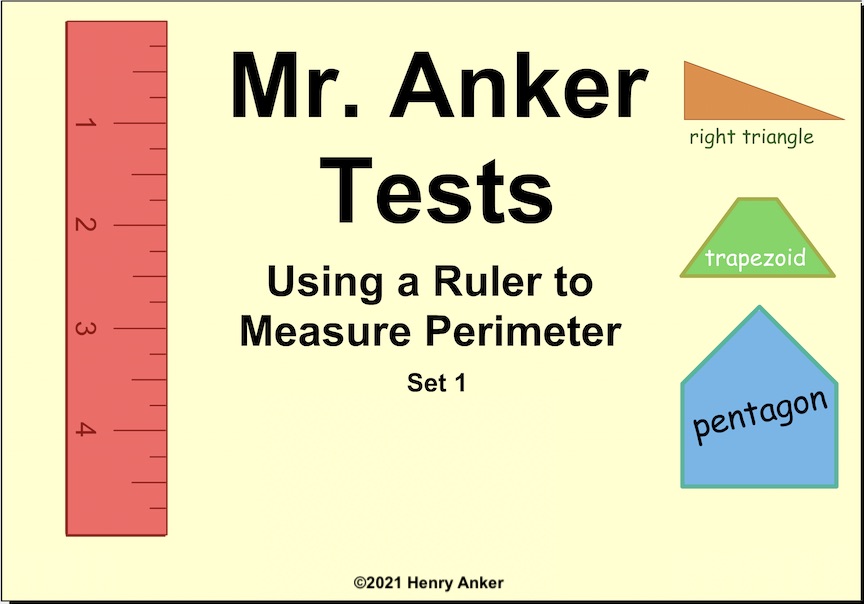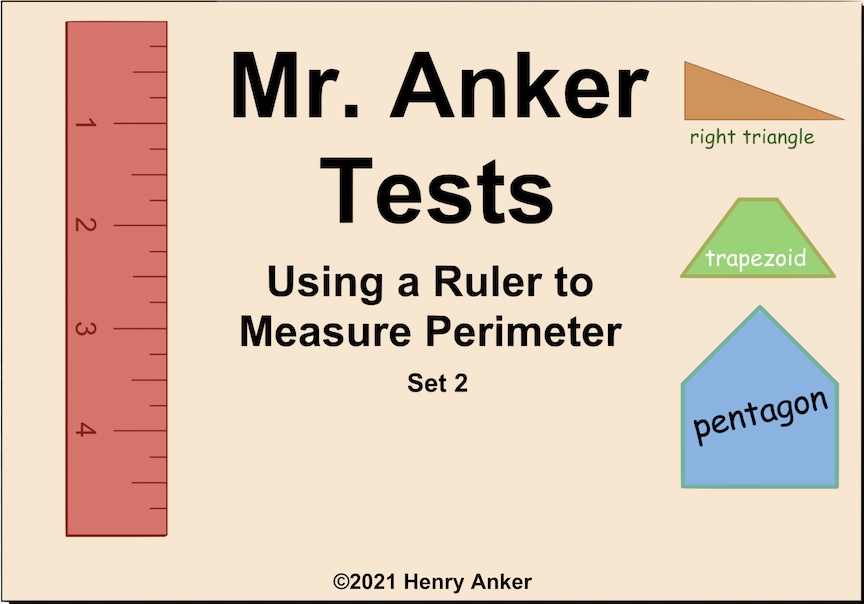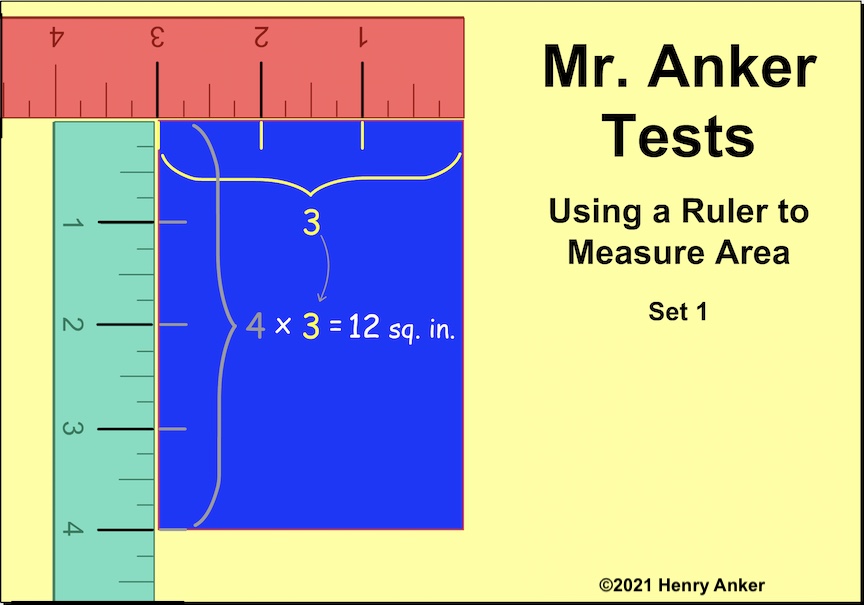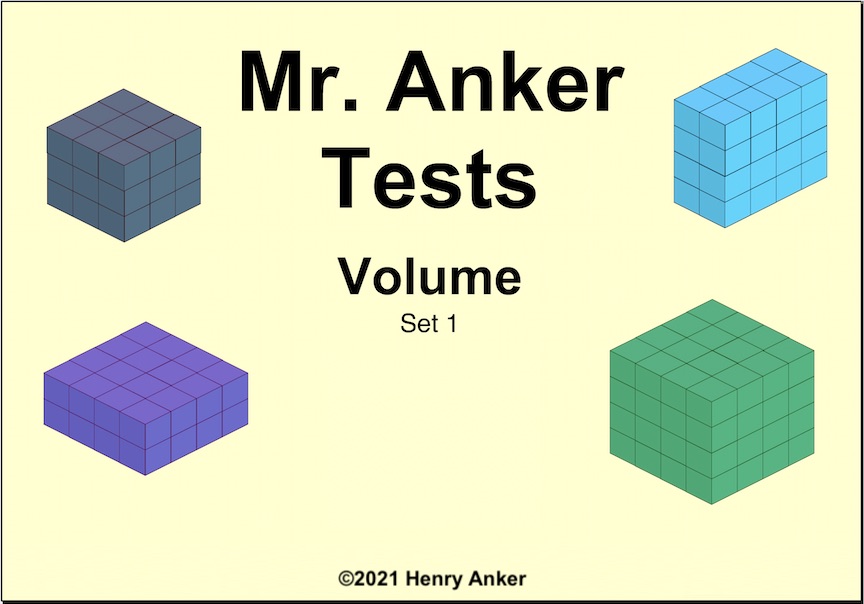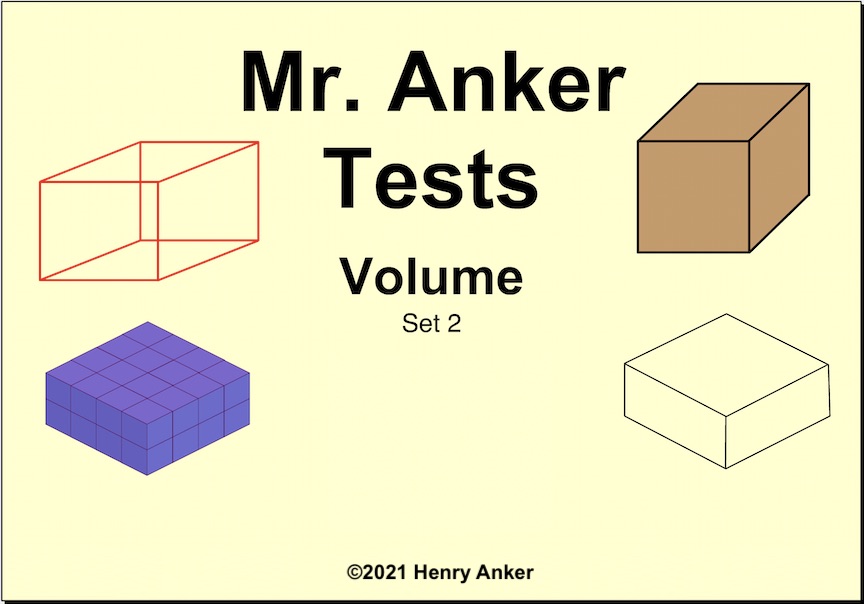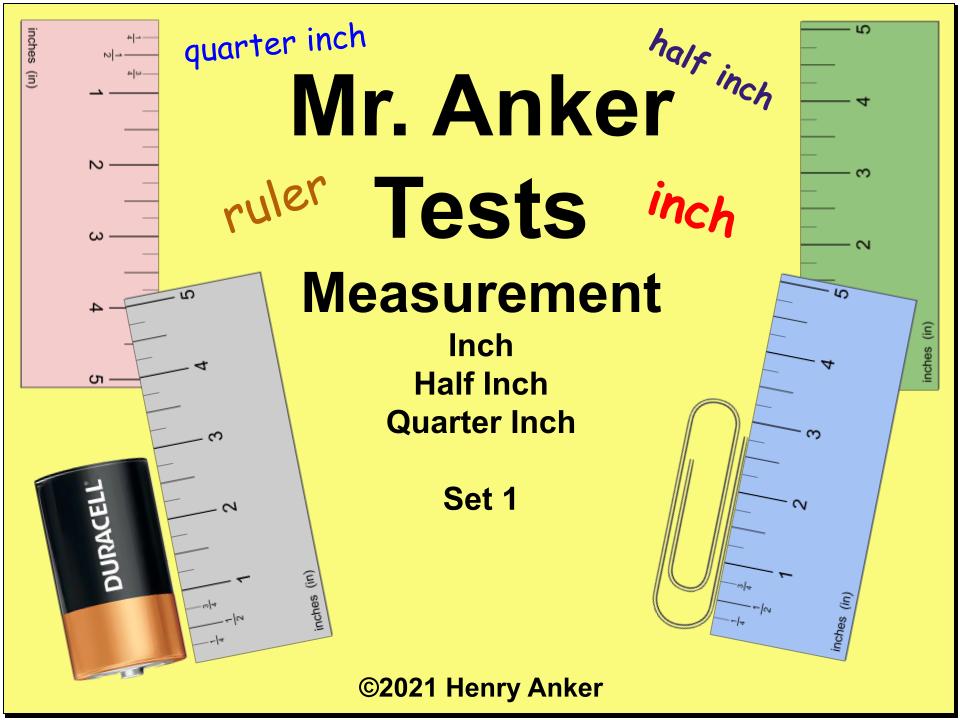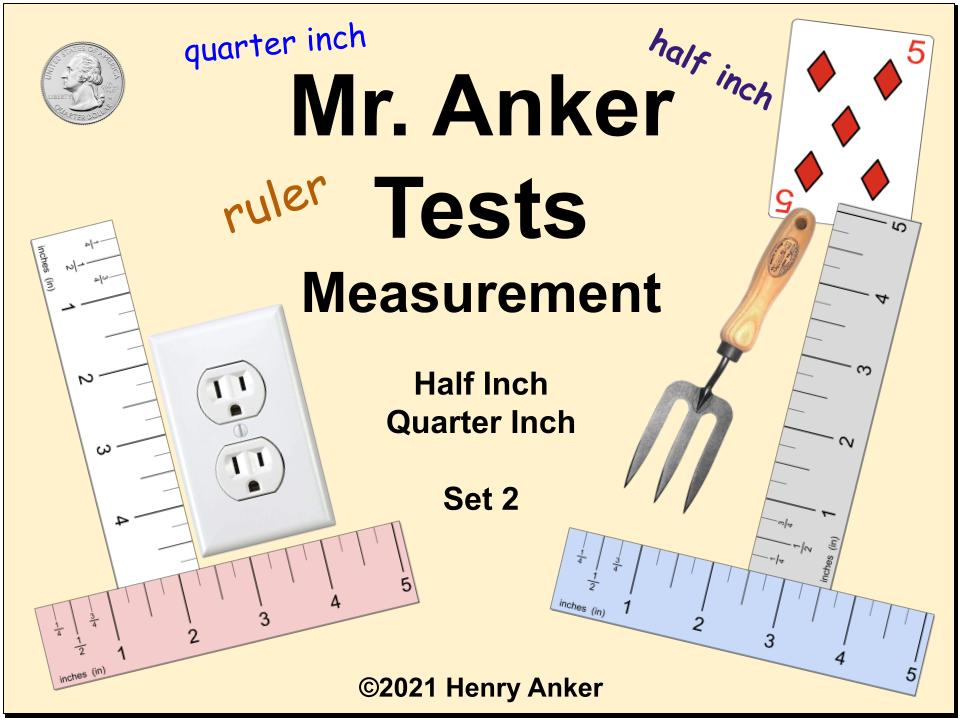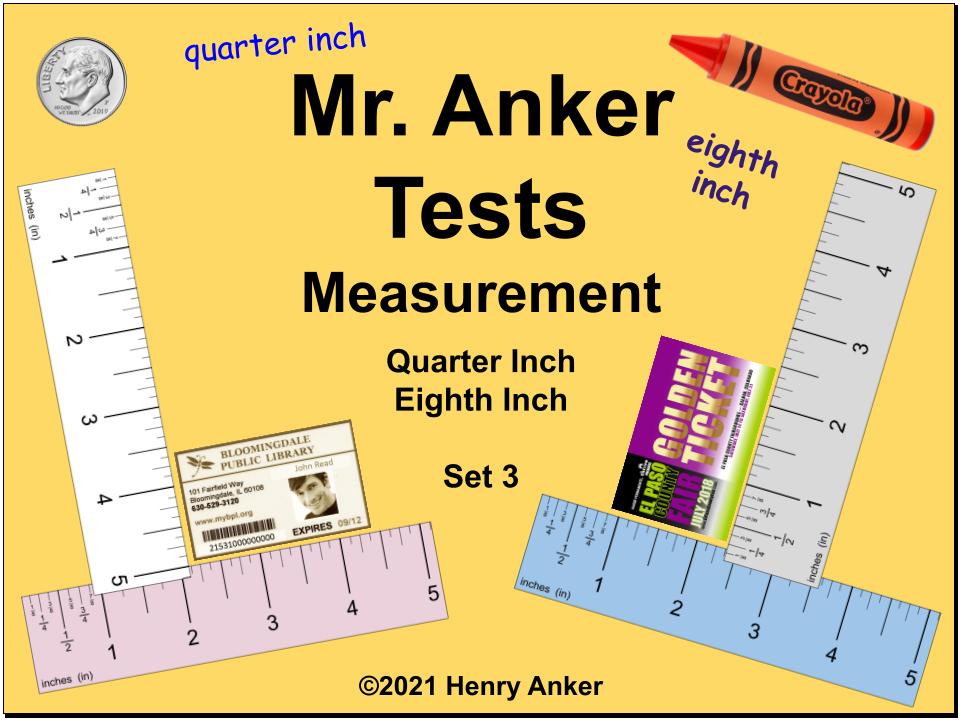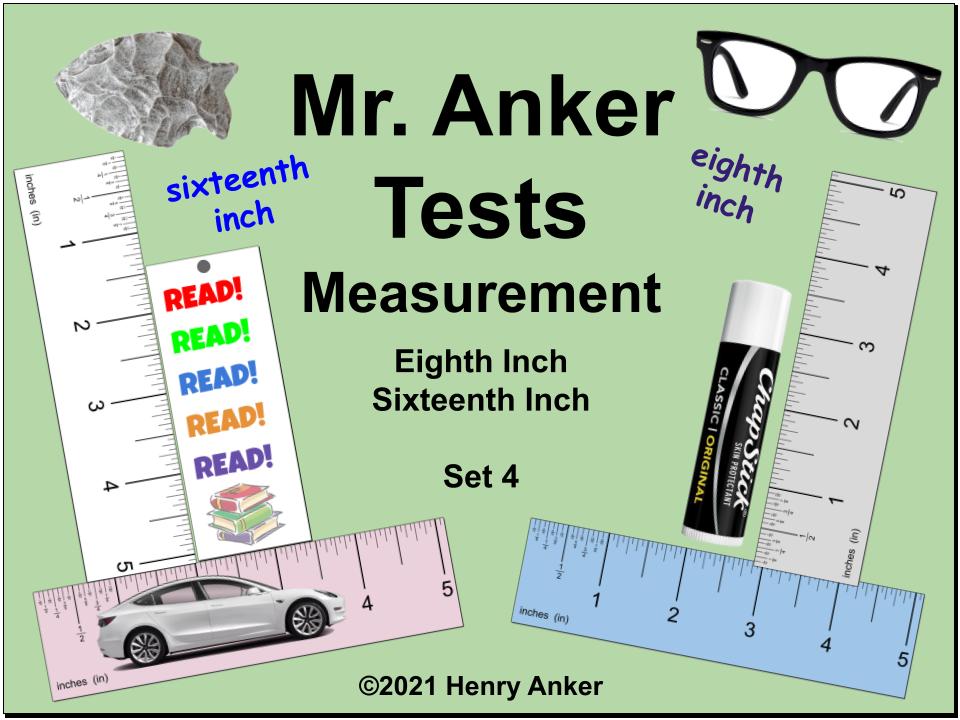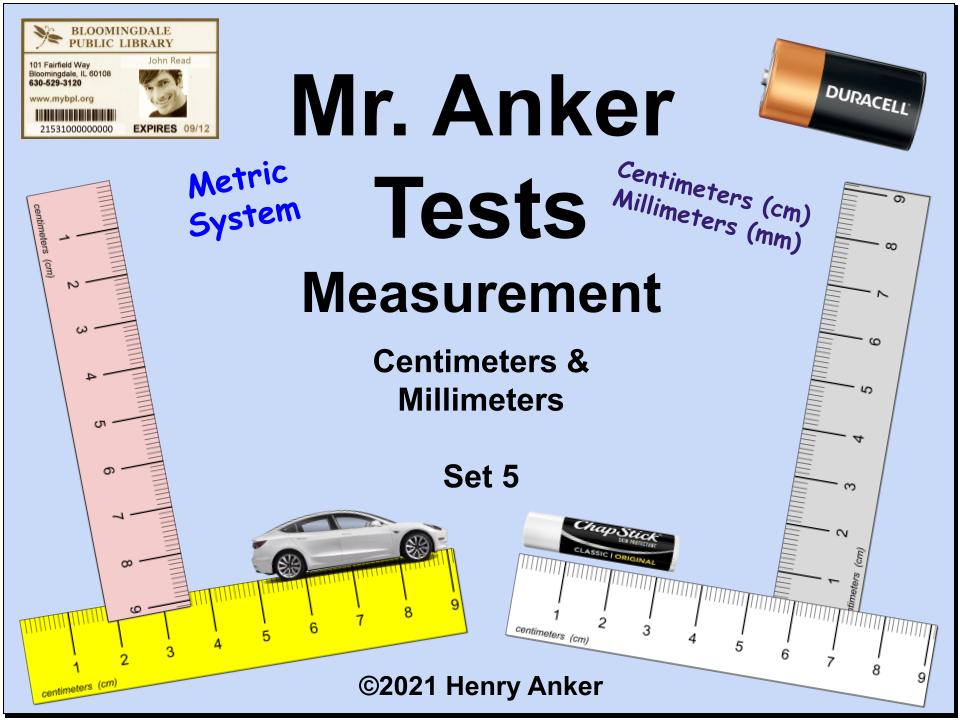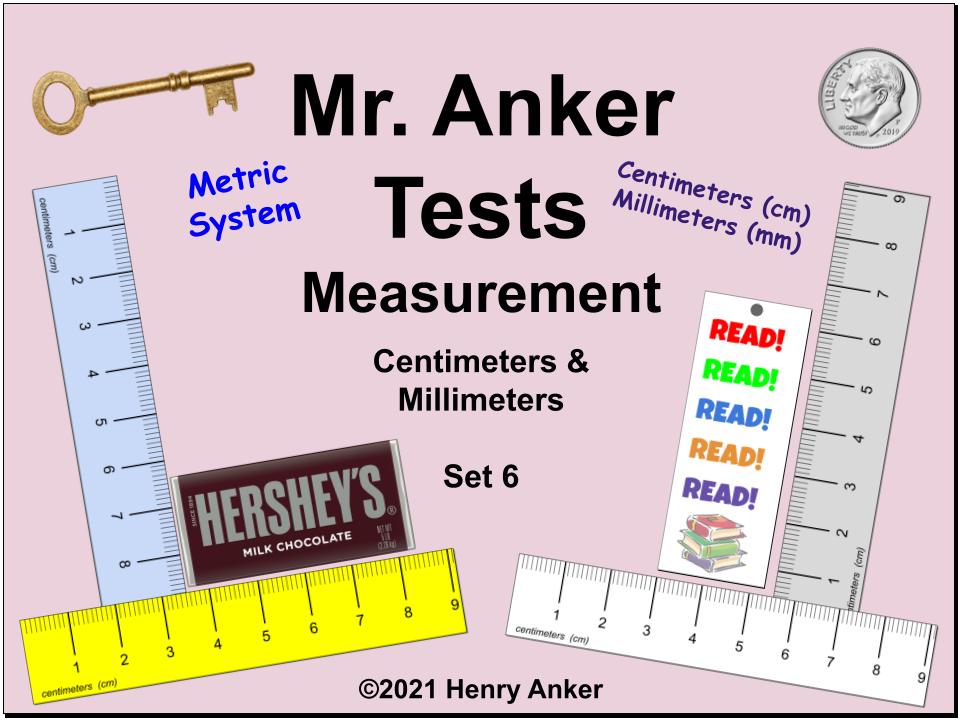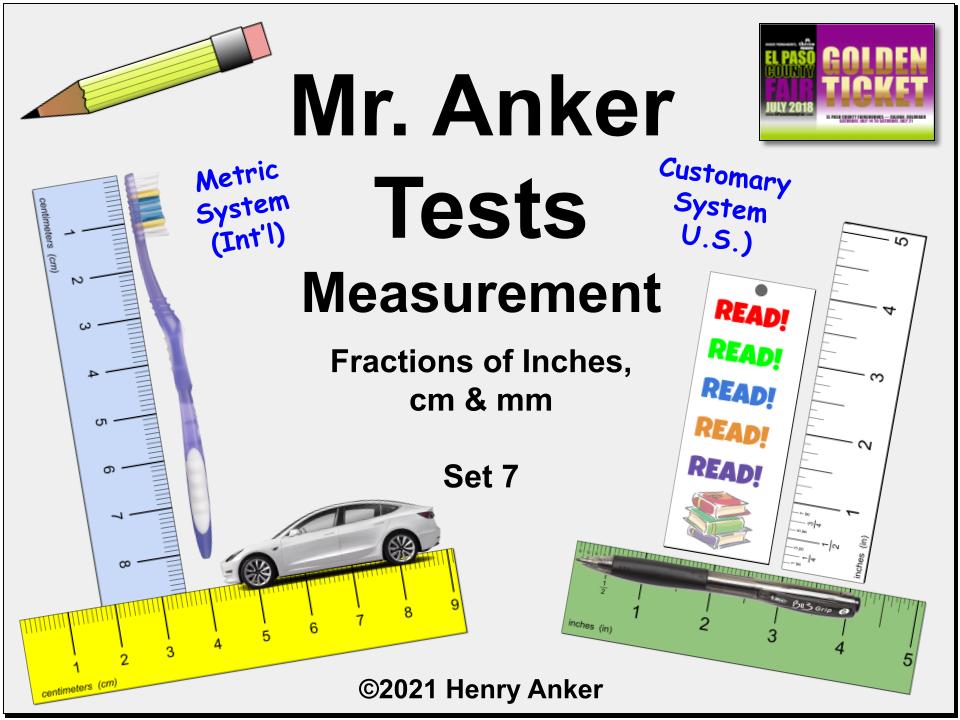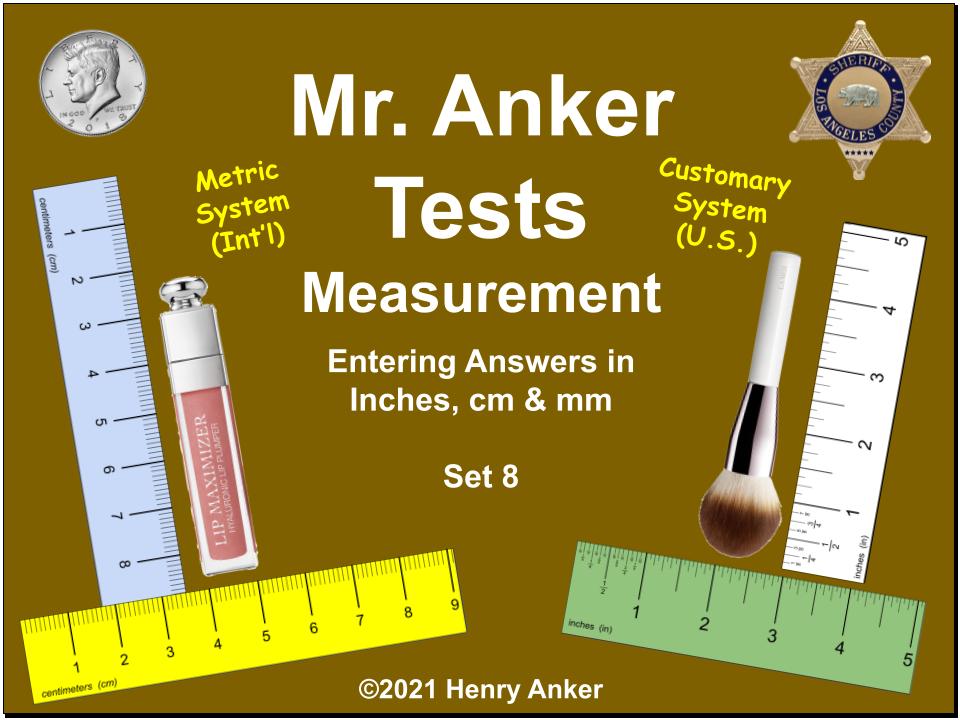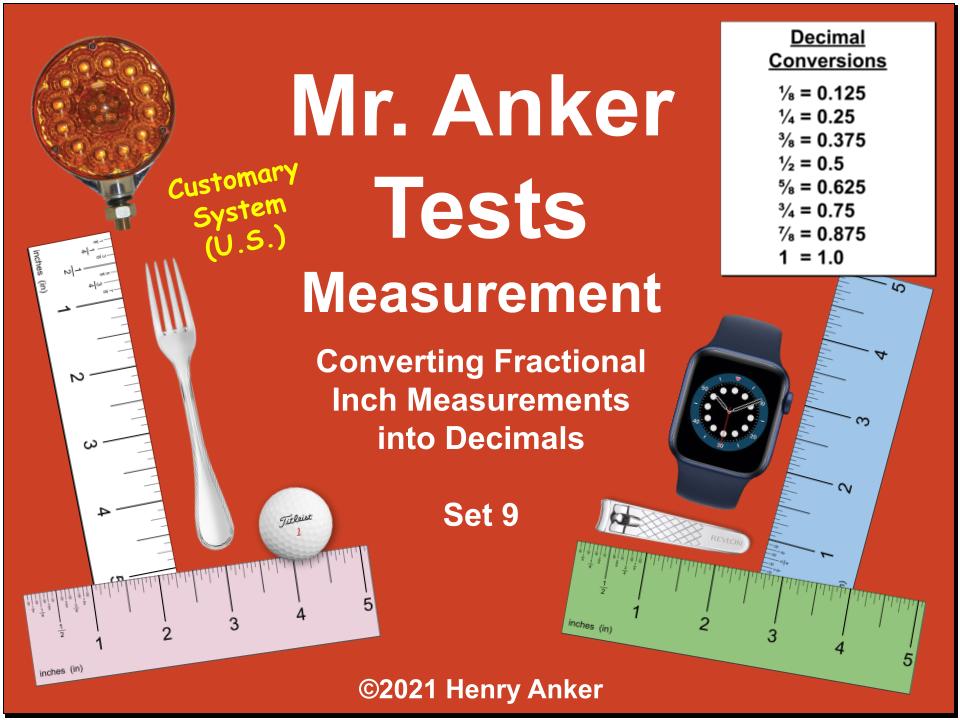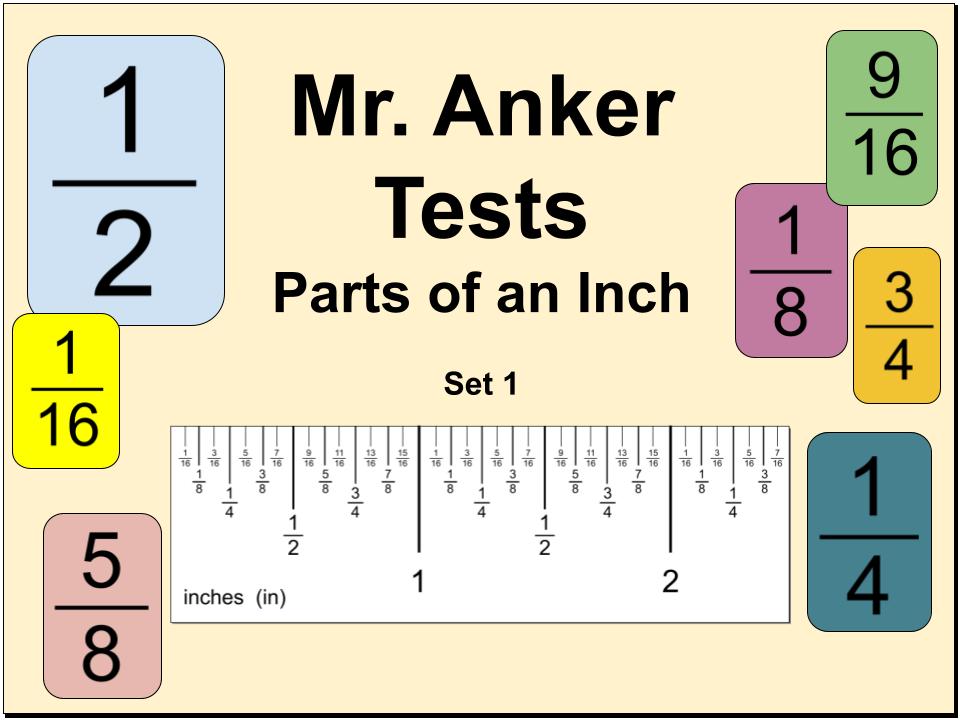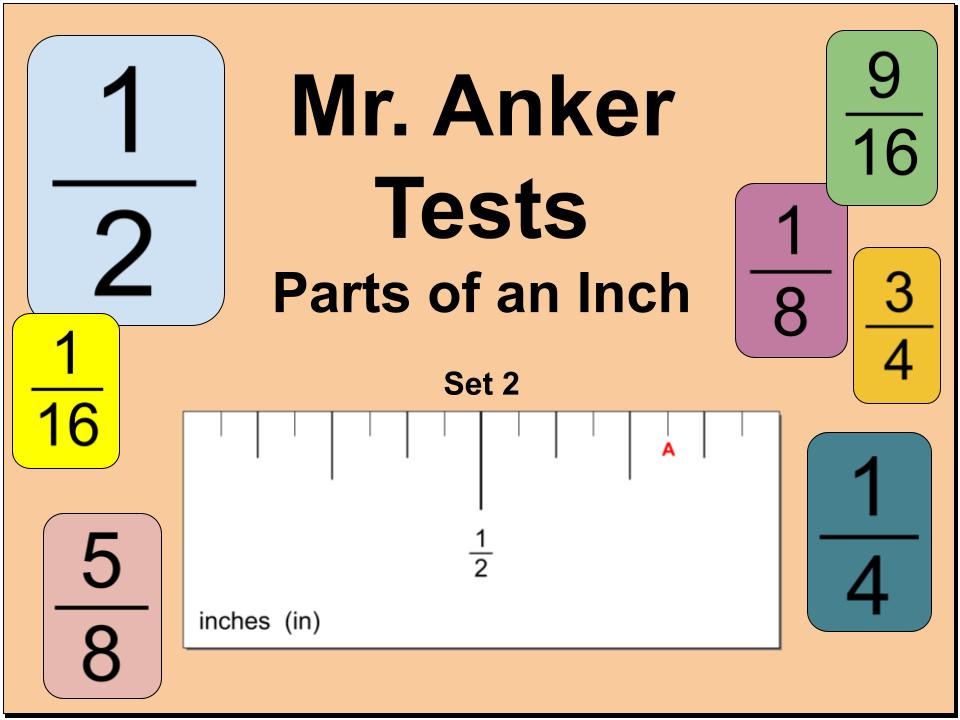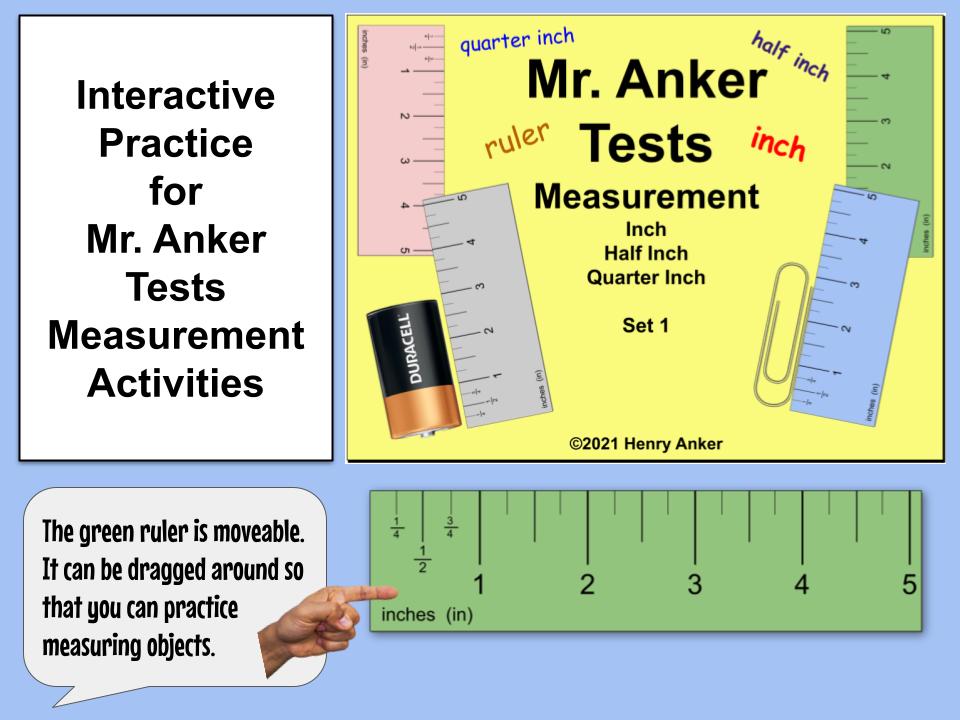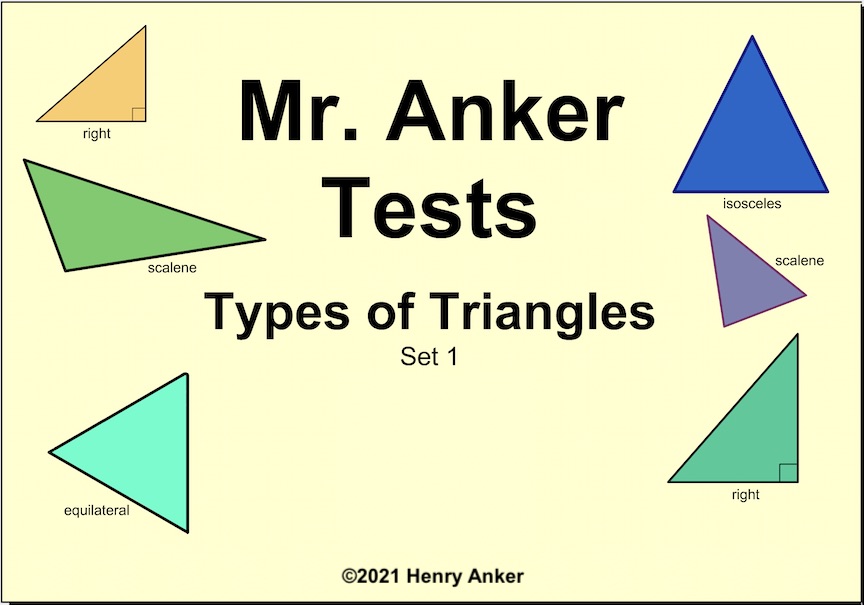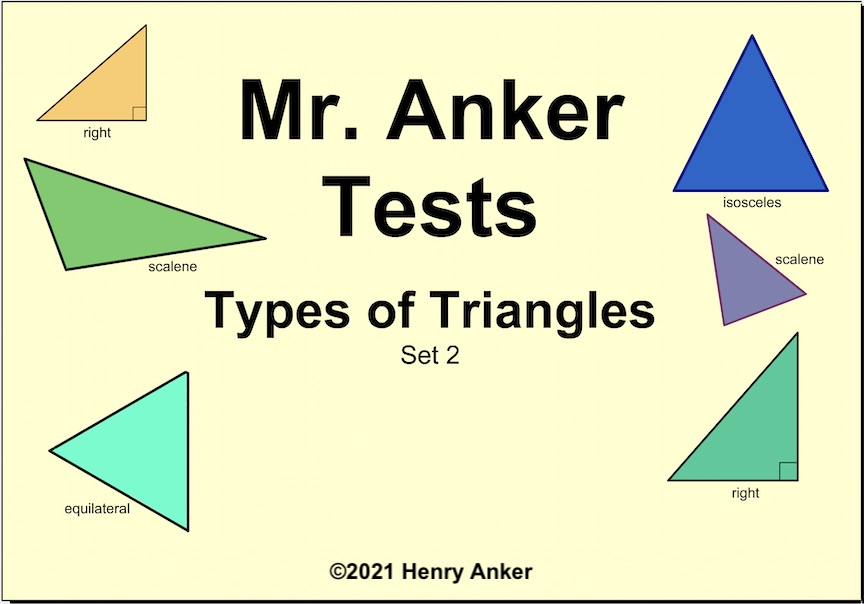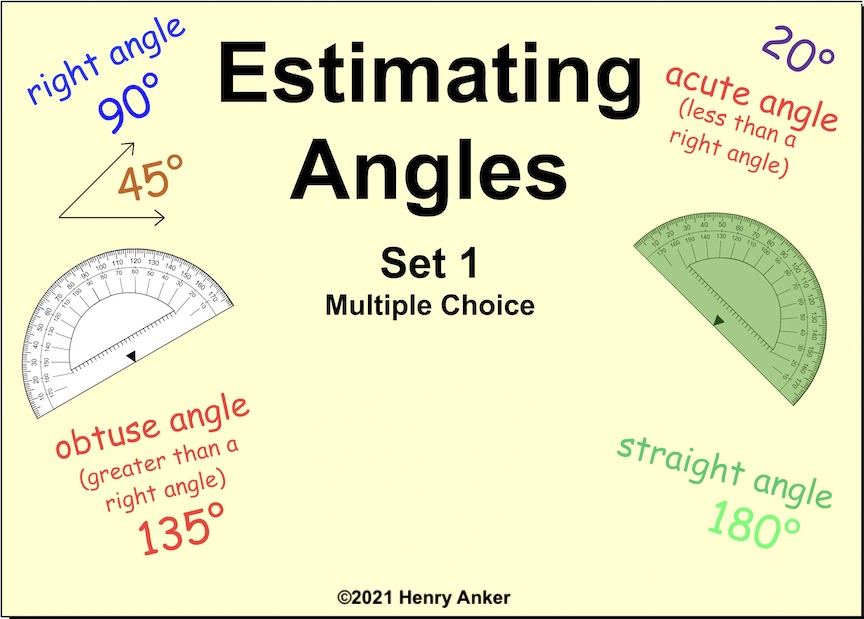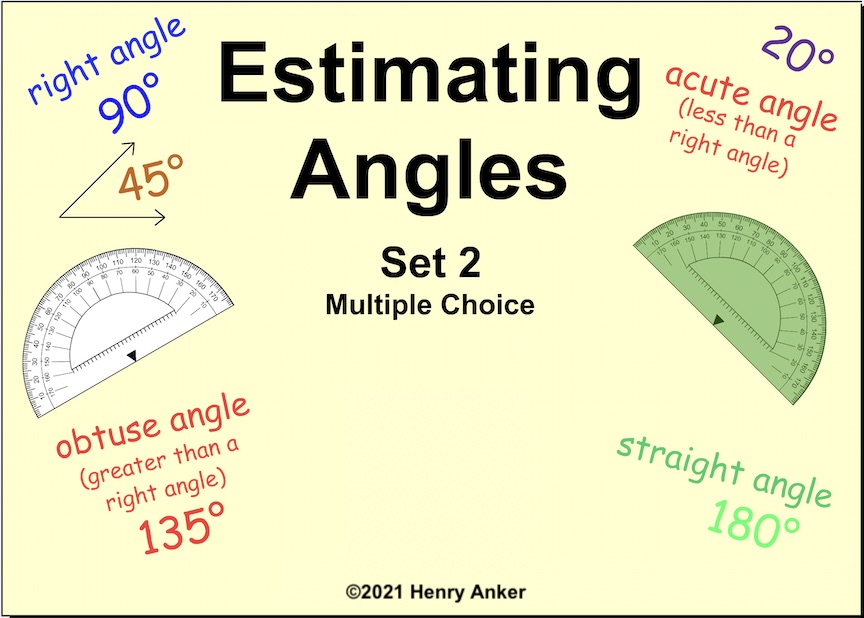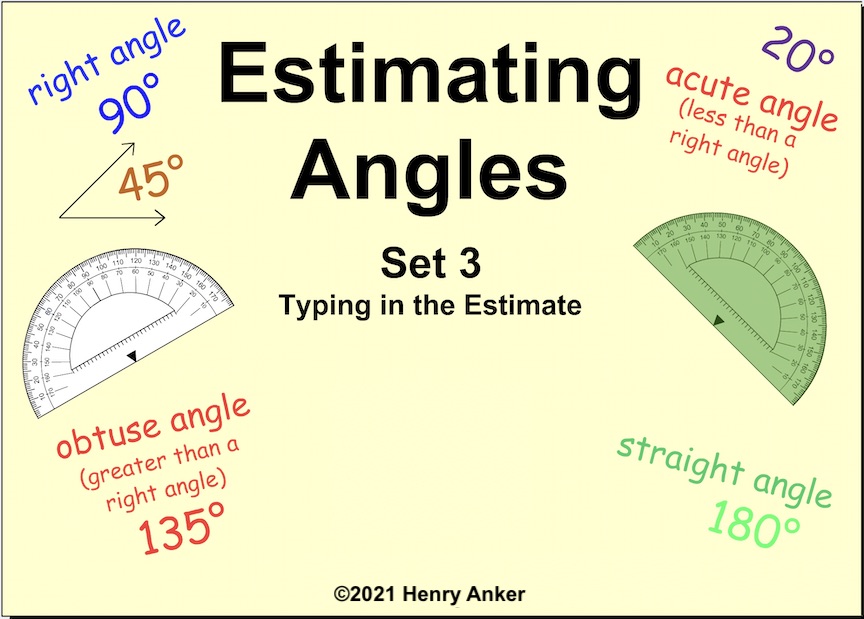Use these practice activities to help you master Geometry and Measurement concepts.
Many of the activities below are review for middle school students,
and others are fundamental middle school skills that students need to
master in order to prepare for HS Geometry.
Basic Geometry (for review, if necessary)
Basic Geometry 1
Basic two dimensional shapes and properties.
| Basic Geometry 2
Work with terms like hexagon, square pyramid, rectangular prism.
| Basic Geometry 3
Work with terms like polygon, right angle, faces, sphere, parallel, segment, etc...
| Slideshow with Links
Striking Examples of Geometry in Architecture
|
| | | |
|
Polygon Names 1
Basic polygons.
| Polygon Names 2
Features of polygons.
| Irregular Polygons
Features of irregular polygons.
| The Magic Circle
An Interactive Geometry Overview Lesson (Fun!)
|
| | | |
|
Parallelograms 1
Basic concepts of parallelograms.
| Parallelograms 2
Basic concepts of parallelograms.
| Parallelograms 3
Basic concepts of parallelograms.
| Magic Circle Quiz
A quiz based on parts of the 'Magic Circle' Lesson (above)
|
| | | |
Area (for review, if necessary)
Area Set 1
Use the formula
length x width = Area.
| Area Set 2
Finding area with whole and half units.
| Area Set 3
Finding the area of complex polygons.
| Area Set 4
Finding the area of more complex polygons.
|
| | | |
Area of Parallelograms 1
Use the formula
base x height = Area.
| Area of Parallelograms 2
Use the formula
base x height = Area.
| Area of Triangles 1
Use the formula
1/2 base x height = Area.
| Area of Triangles 2
Use the formula
1/2 base x height = Area.
|
| | | |
Perimeter (for review, if necessary)
Perimeter 1
Calculate area of figures with integer sides.
| Perimeter 2
Calculate area, with emphasis on process and thinking algebraically.
| Perimeter 3
More challenging with an emphasis on thinking algebraically.
|
|
|
| | |
|
Perimeter & Area Using a Ruler (for review, if necessary)
Finding the Perimeter Using a Ruler 1
Refer to rulers to find side lengths & add them.
| Finding the Perimeter Using a Ruler 2
Refer to rulers to find side lengths & add them.
| Finding the Area Using a Ruler 1
Refer to rulers to find the area of a rectangle.
|
|
| | | |
Volume (for review, if necessary)
Volume 1
Use the formula L x W x H = V(cubic units).
| Volume 2
Use the formula L x W x H = V(cubic units).
|
|
|
|
|
| |
Linear Measurement (for review, if necessary)
Measurement 1
Measure to the nearest inch,
half inch, and quarter inch.
| Measurement 2
Measure to the nearest inch,
half inch, and quarter inch.
| Measurement 3
Measure to the nearest whole,
half, quarter, and eighth inch.
| Measurement 4
Measure to the nearest
sixteenth inch.
|
| | | |
Measurement 5
Measure to the nearest centimeter & exact millimeter.
| Measurement 6
Measure & compare with centimeters & millimeters.
| Measurement 7
Measure with fractions of inches, cm & mm, w/ ruler misplaced.
| Measurement 8
Enter measured values for cm, mm, & inches.
|
| | | |
Measurement 9
Measure to the nearest centimeter & exact millimeter.
| Parts of an Inch 1
Student recognizes the labeled division of an inch.
| Parts of an Inch 2
Student relies less on the labeling of an inch.
| Interactive Practice
Practice moving the ruler in this activity.
|
| | | |
Types of Triangles (for review, if necessary)
Types of Triangles 1
Determine whether a triangle is equilateral, scalene, right, isosceles, etc...
| Types of Triangles 2
Determine whether a triangle is equilateral, scalene, right, isosceles, etc...
|
|
|
|
| | |
|
Estimating Angles (for review, if necessary)
Estimating Angles 1
Estimate the degree measure of an angle using a neighboring protractor as a reference.
| Estimating Angles 2
Estimate the degree measure of an angle using a neighboring protractor as a reference.
| Estimating Angles 3
Estimate, by entering a value, the degree measure of an angle, within 10 degrees, using a neighboring protractor as a reference.
|
|
|
| | |
Naming Angles (for review, if necessary)
| 